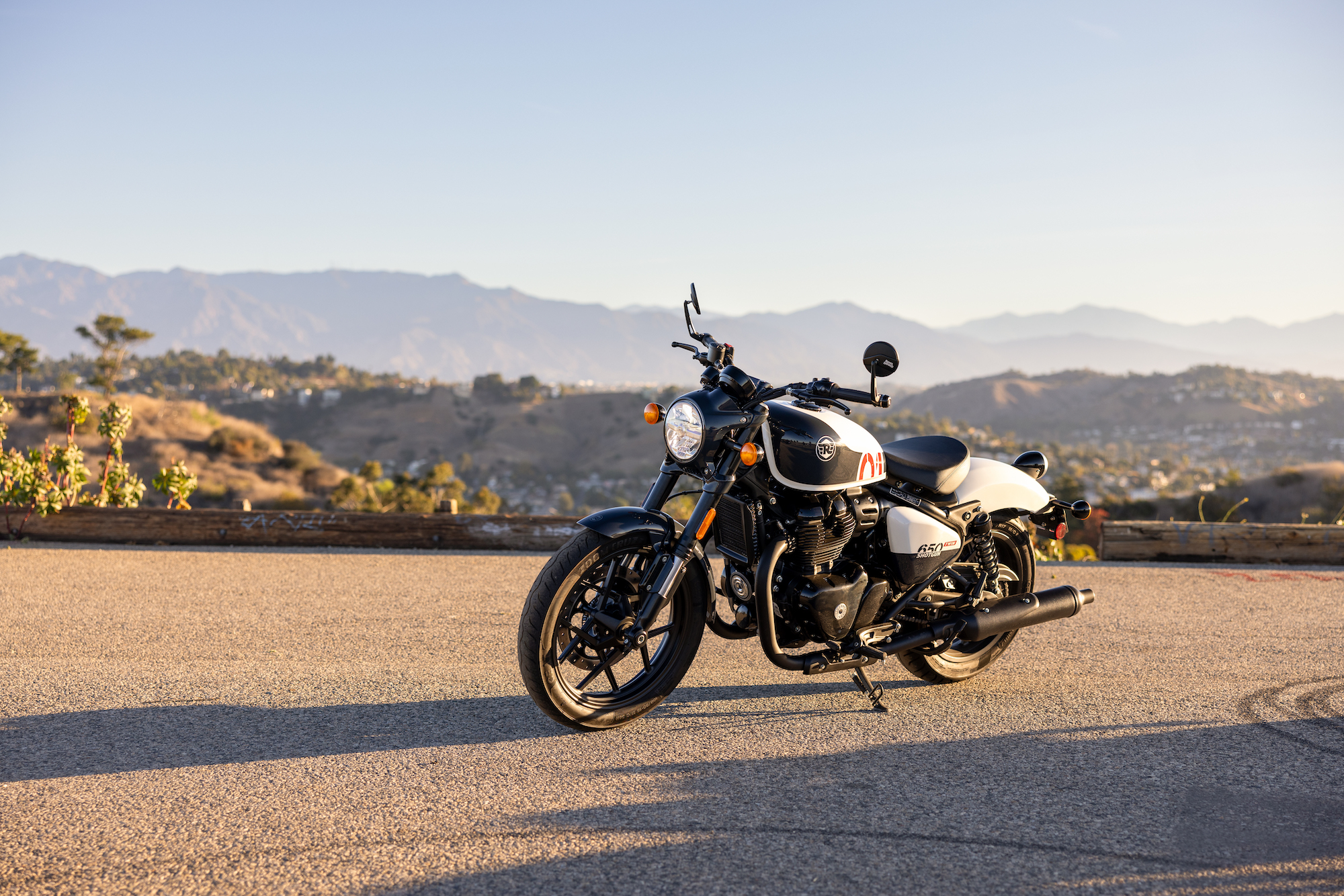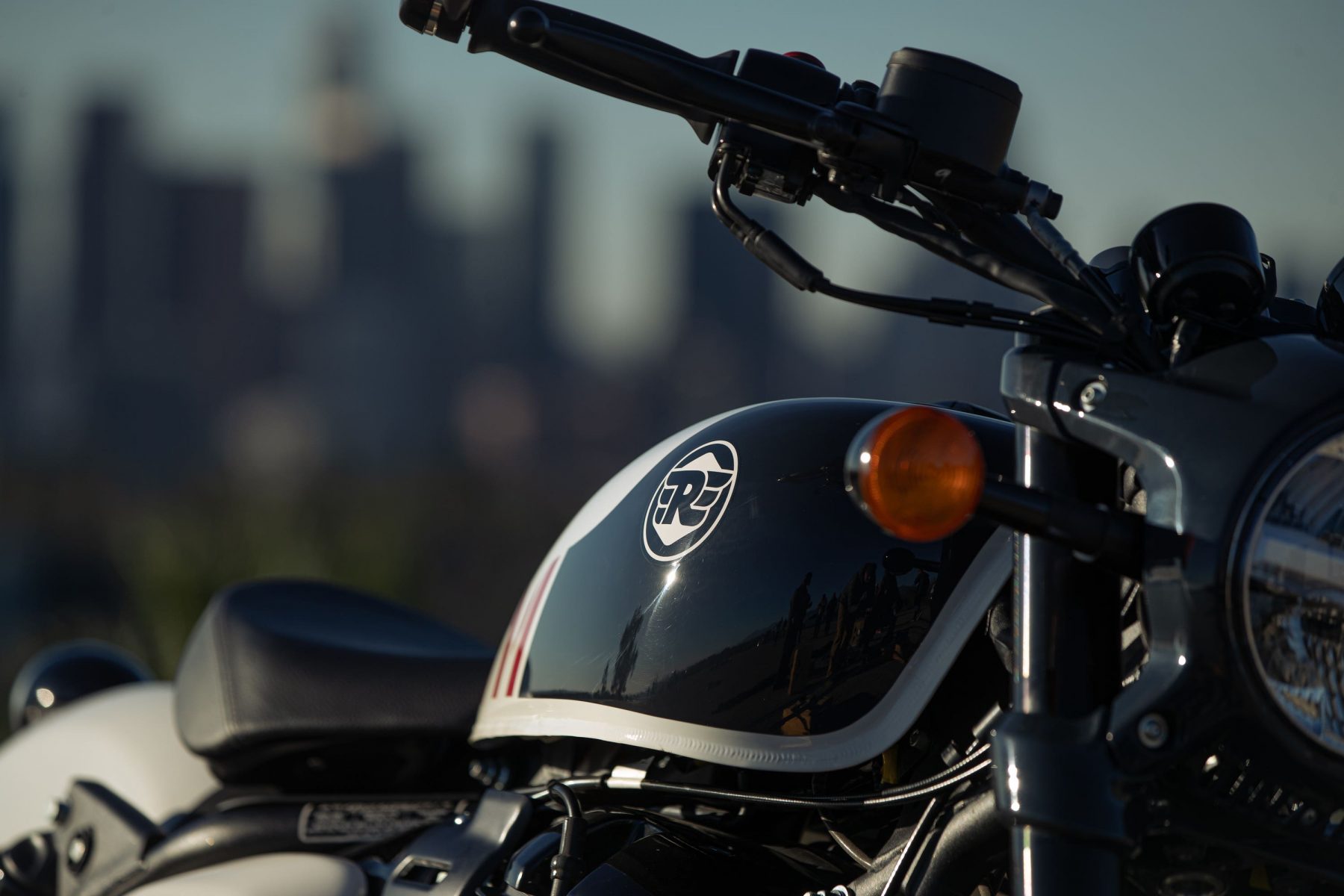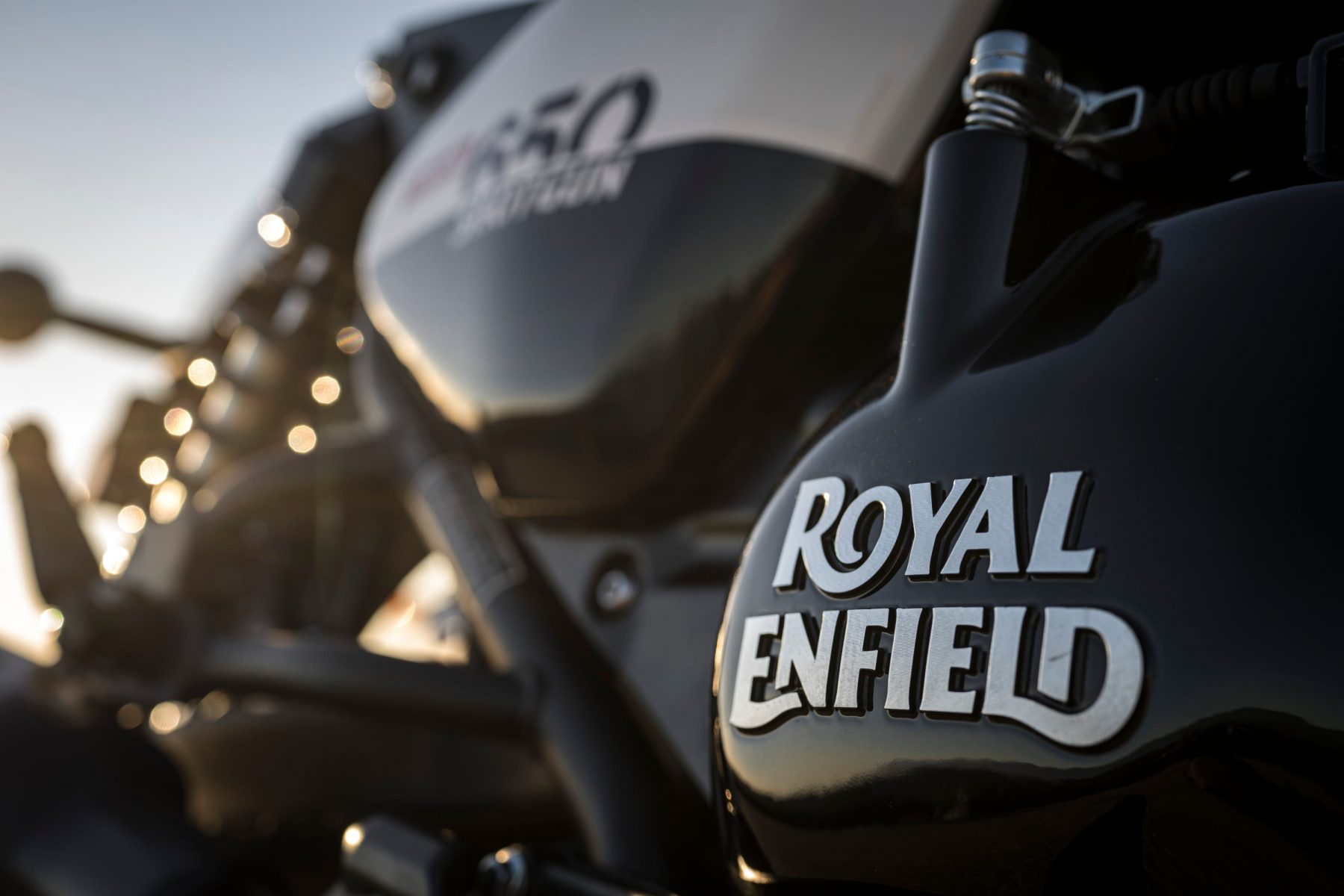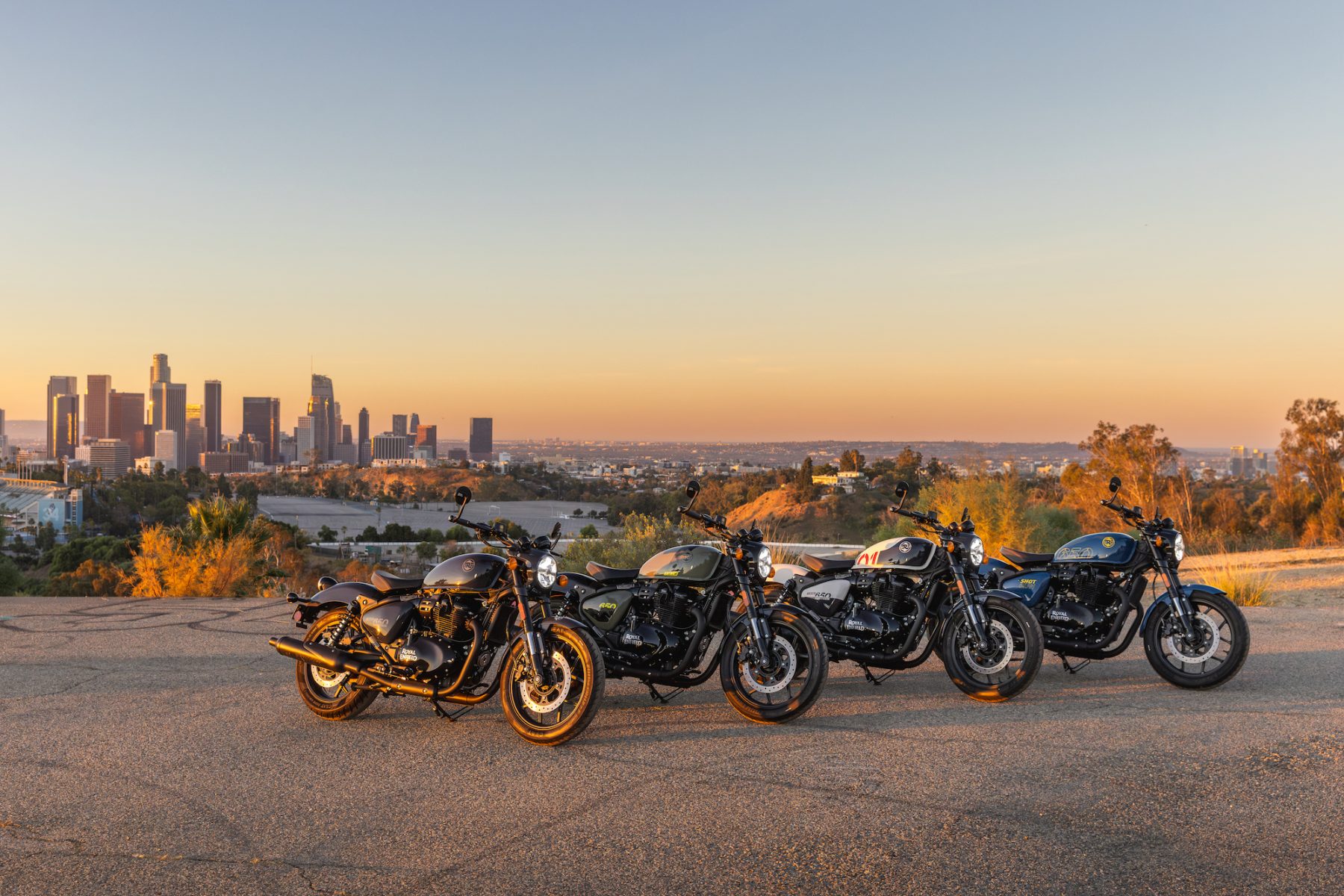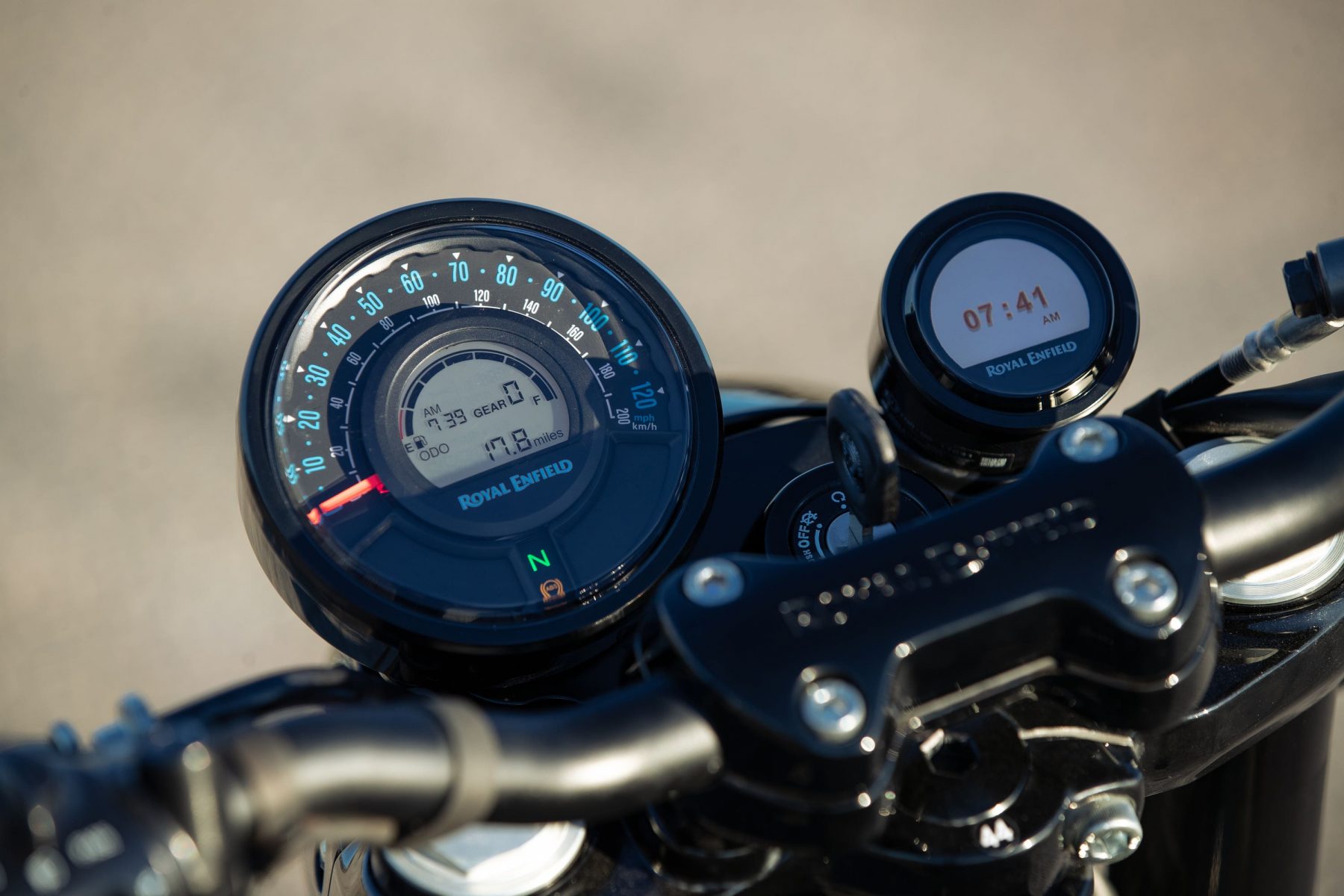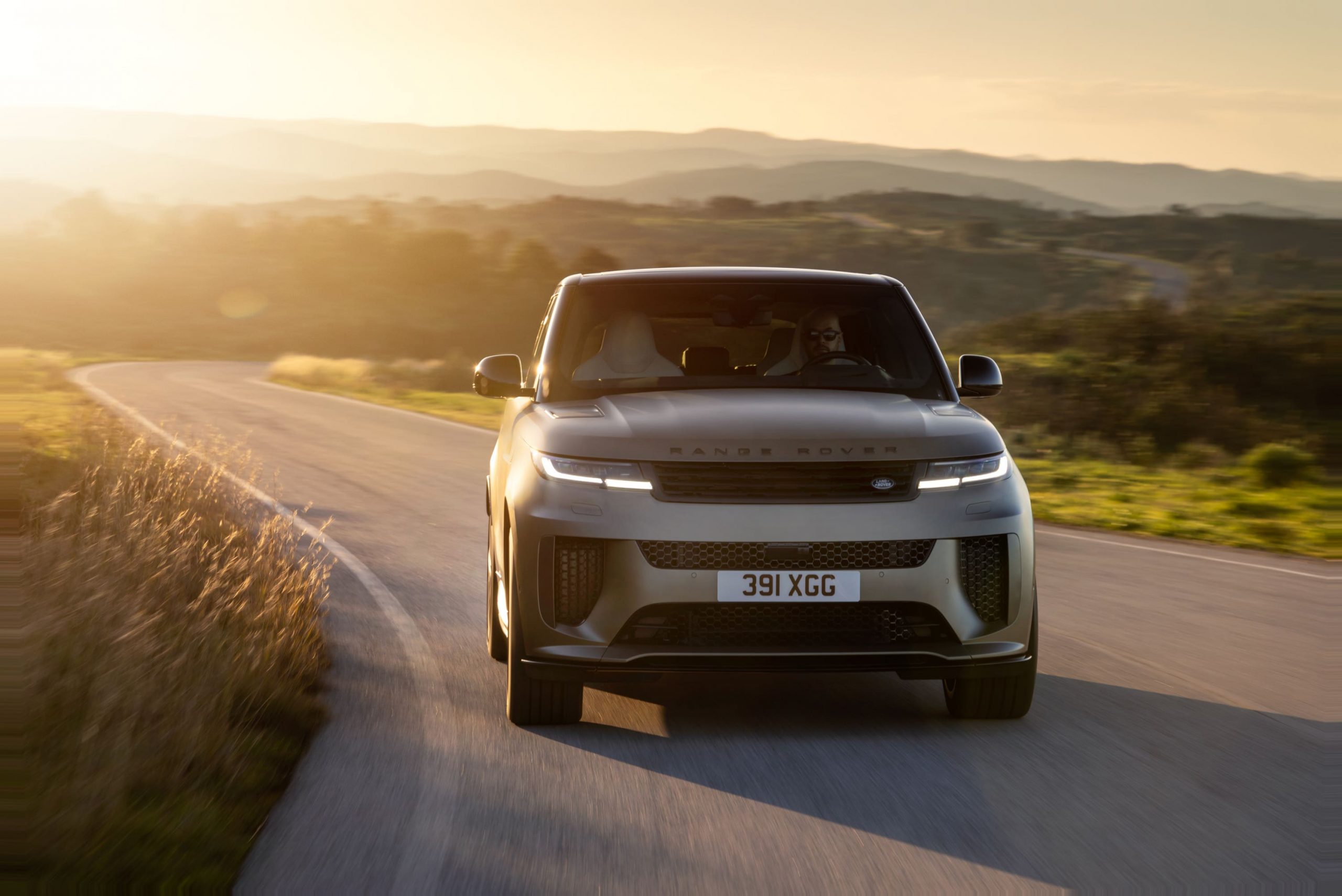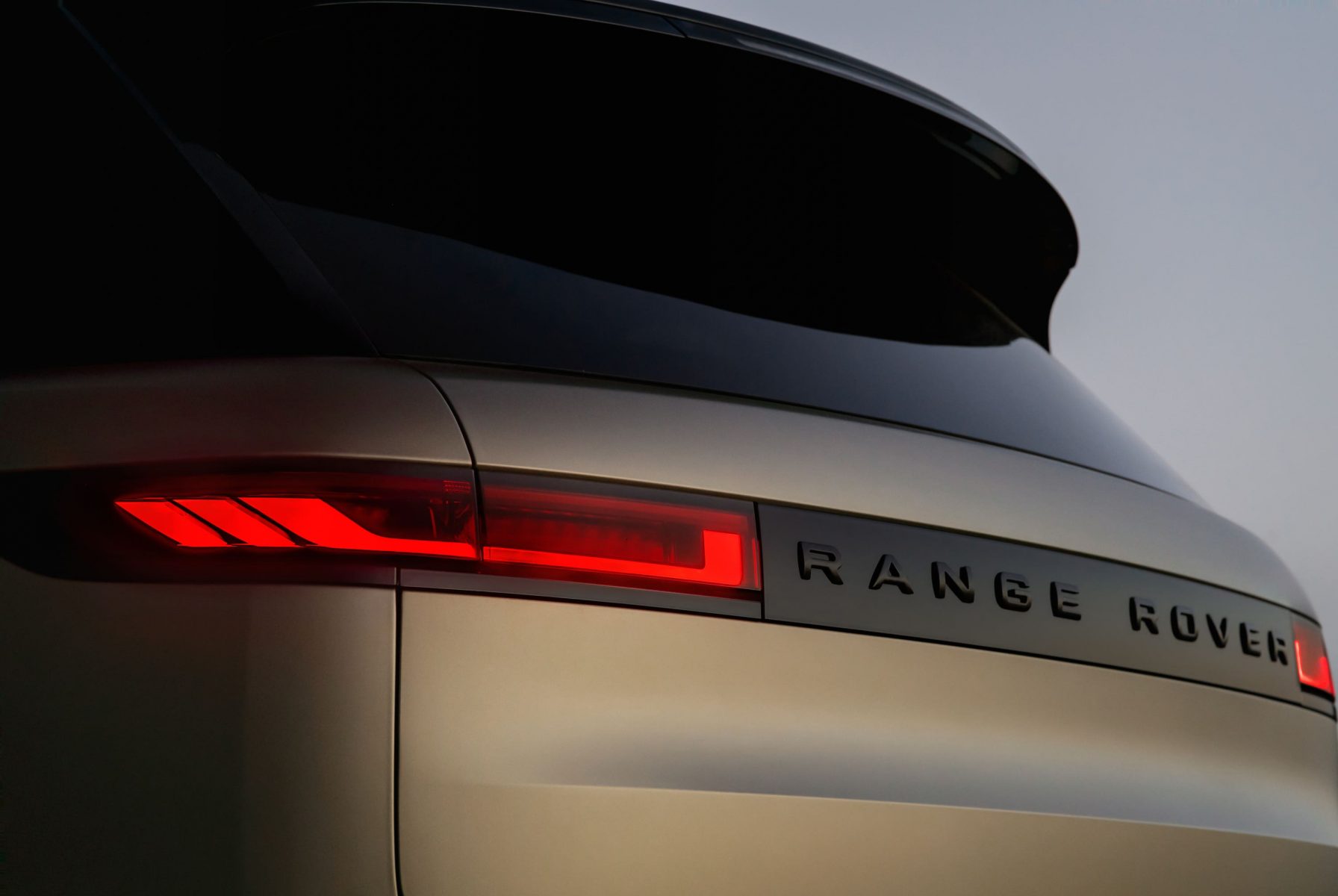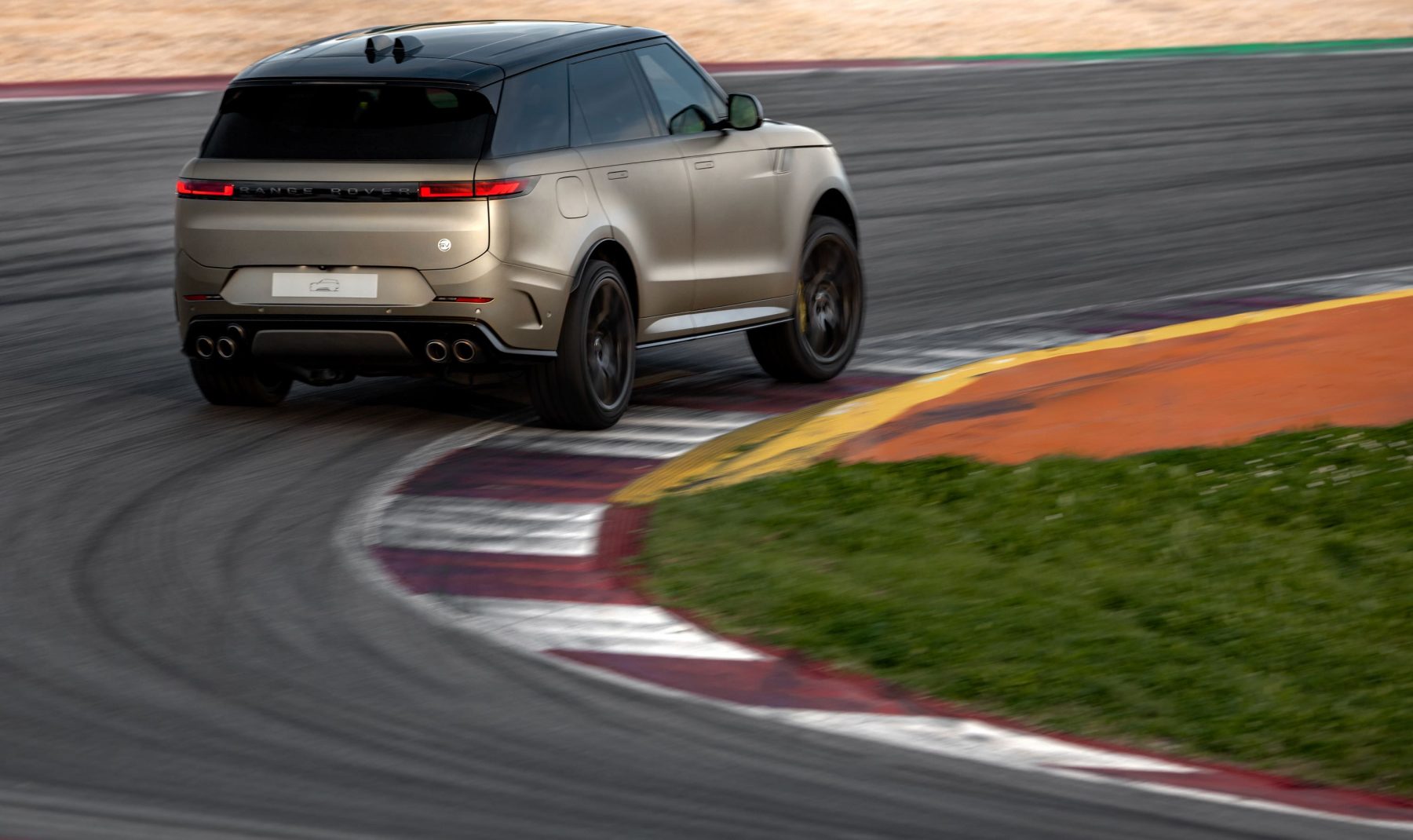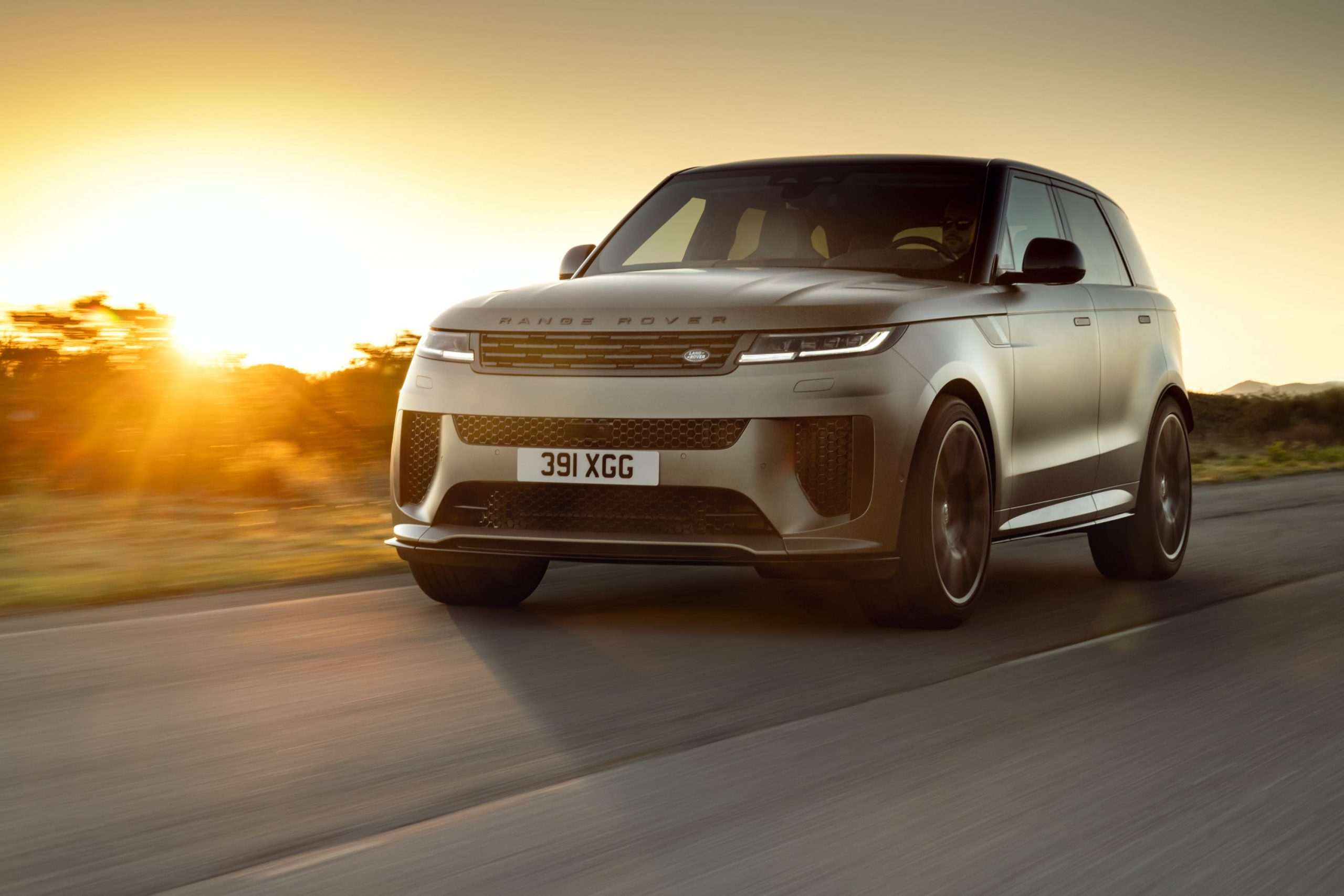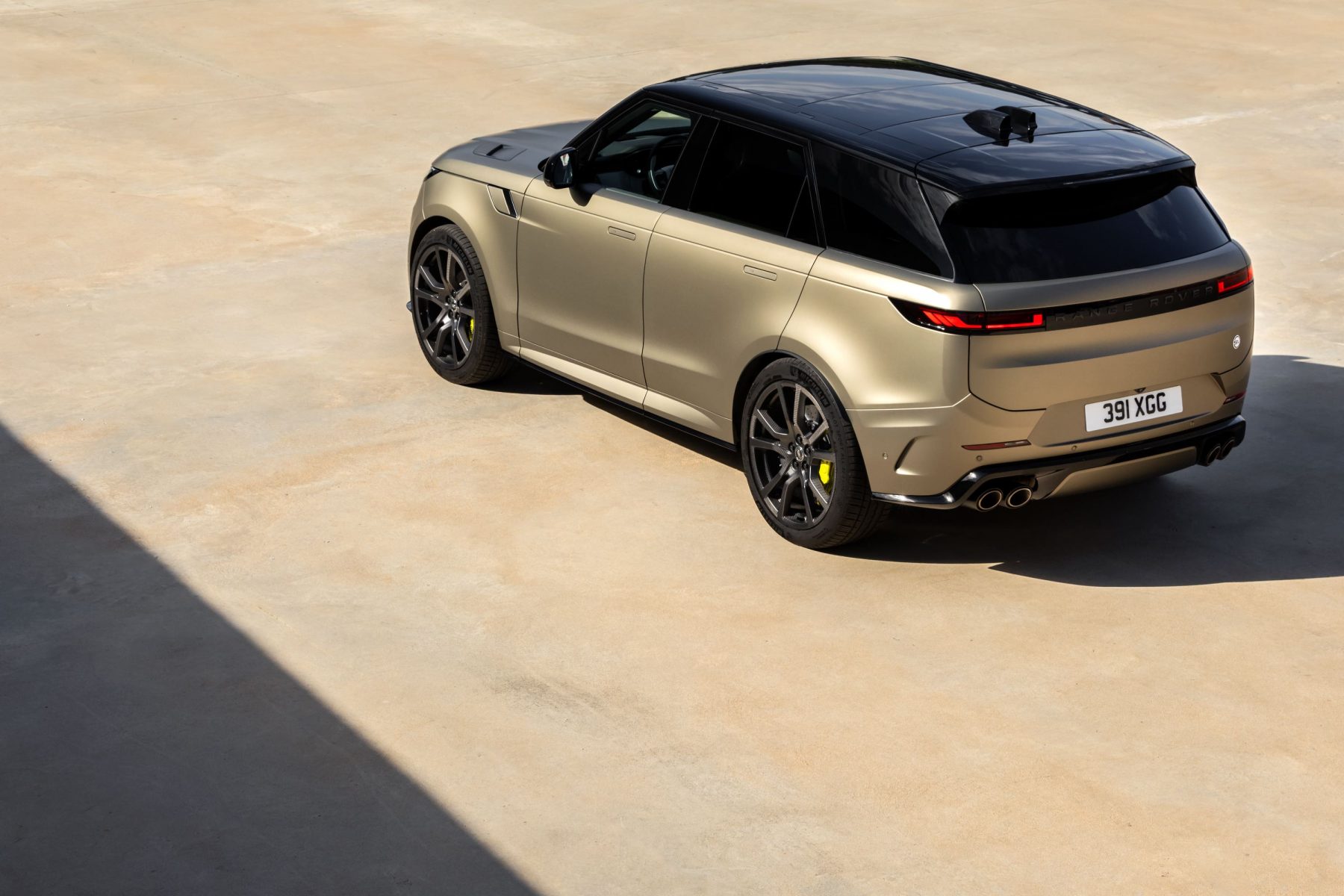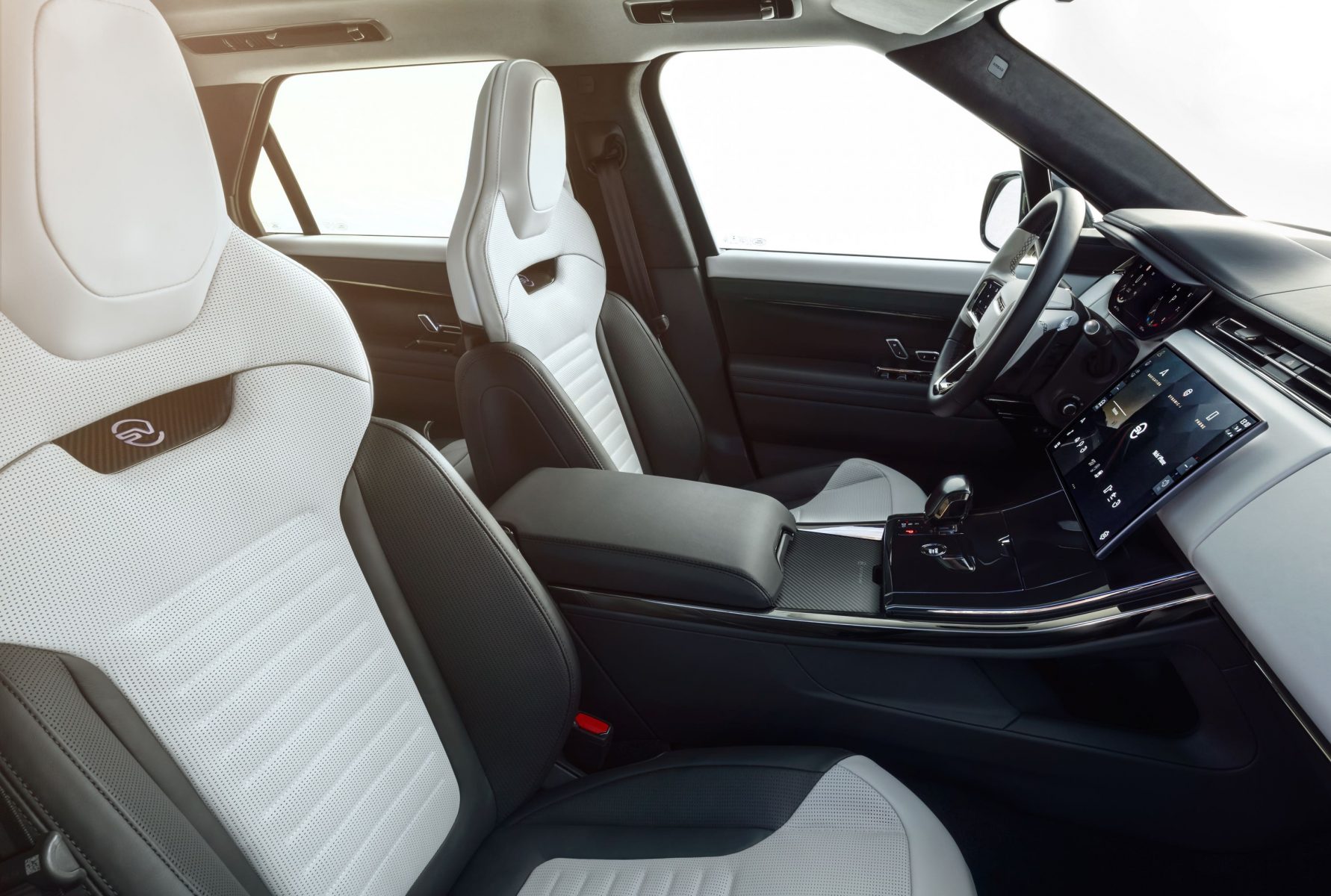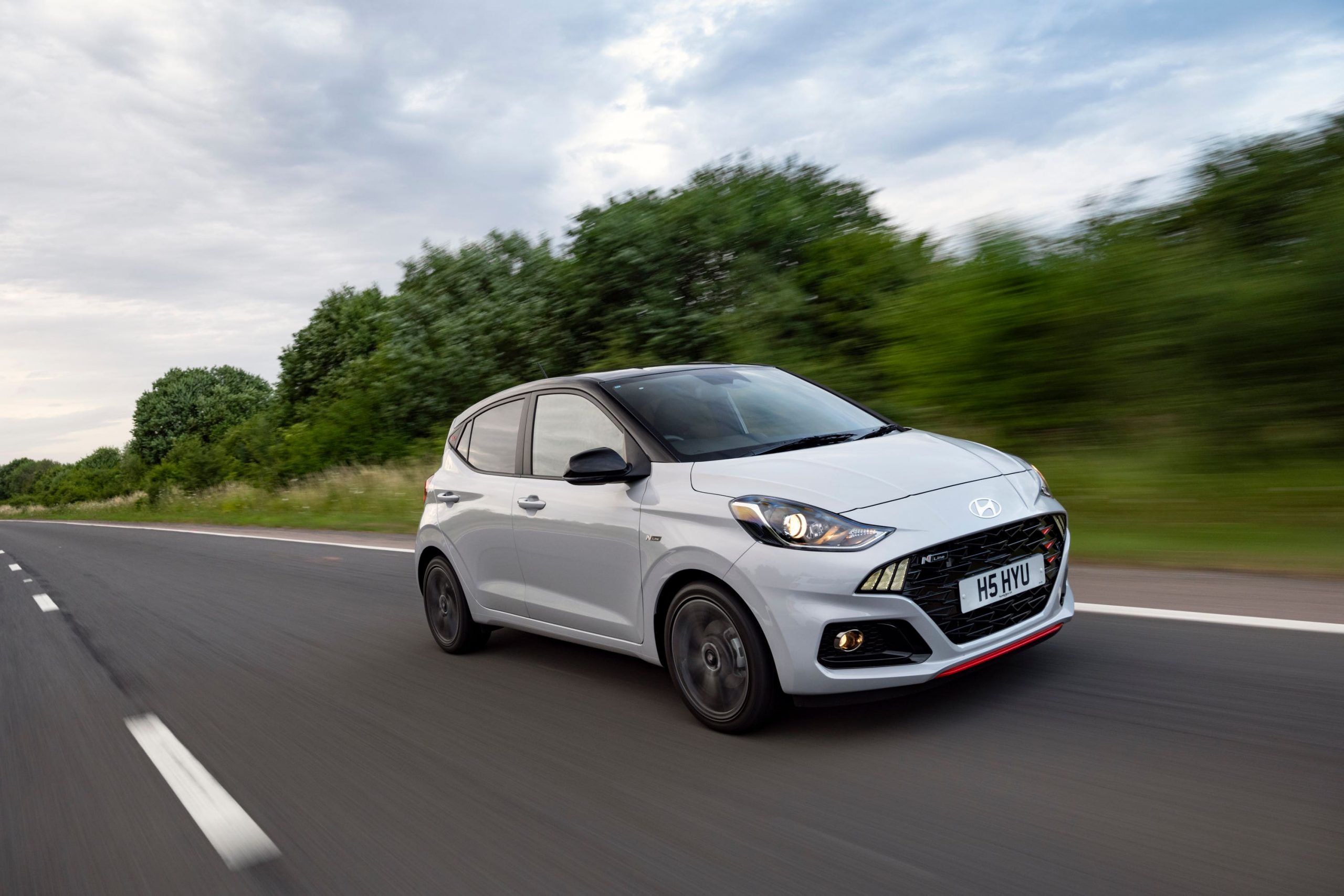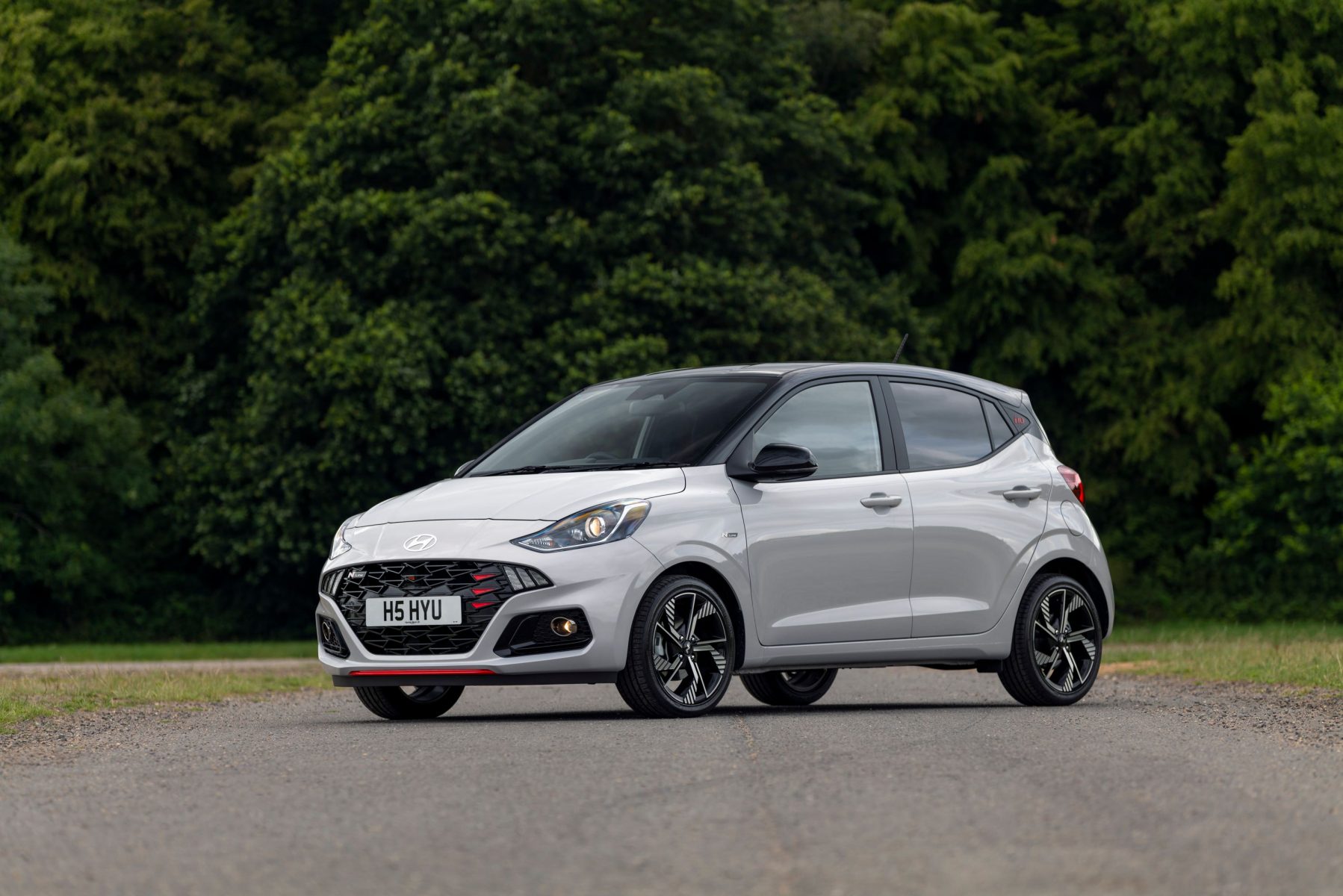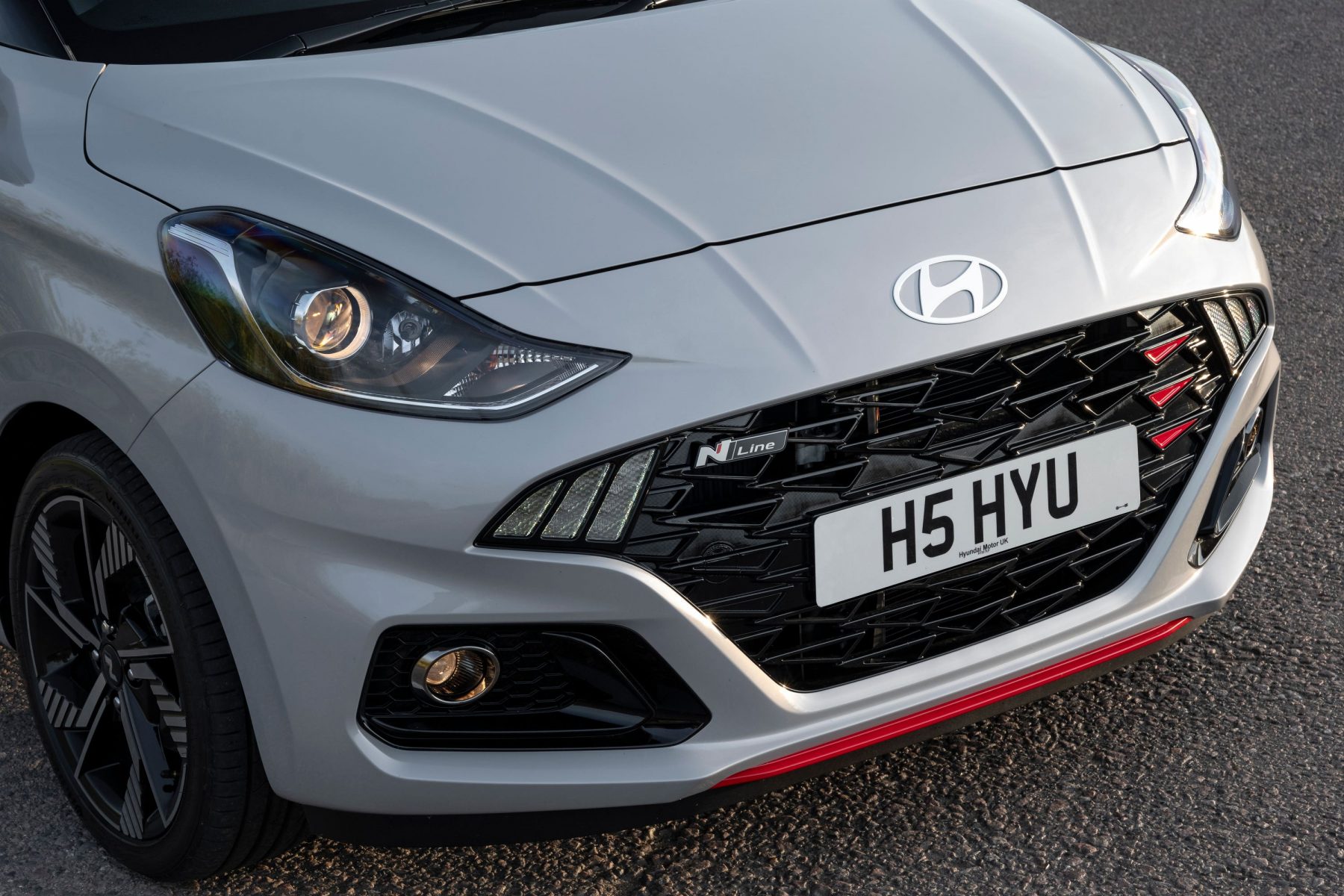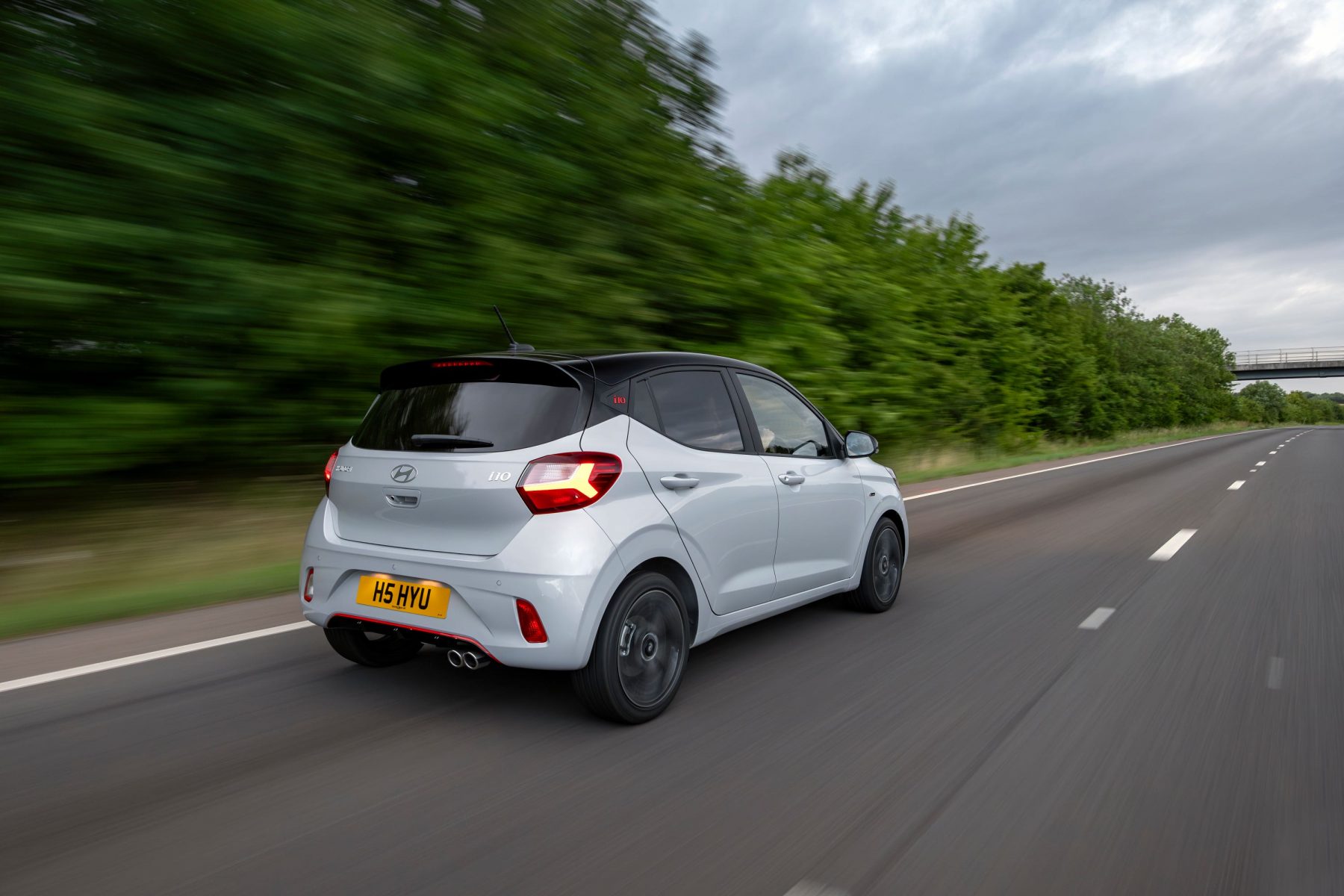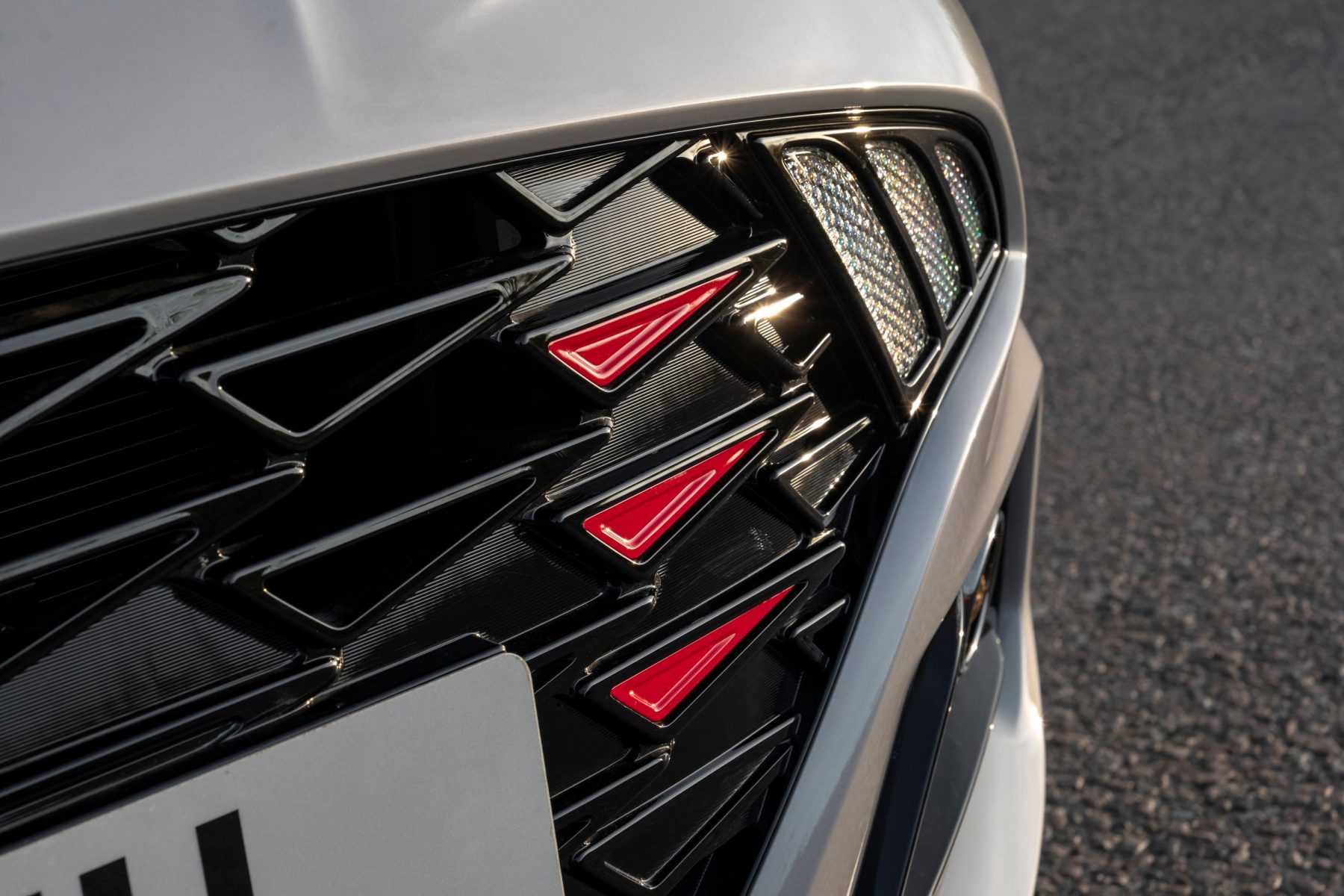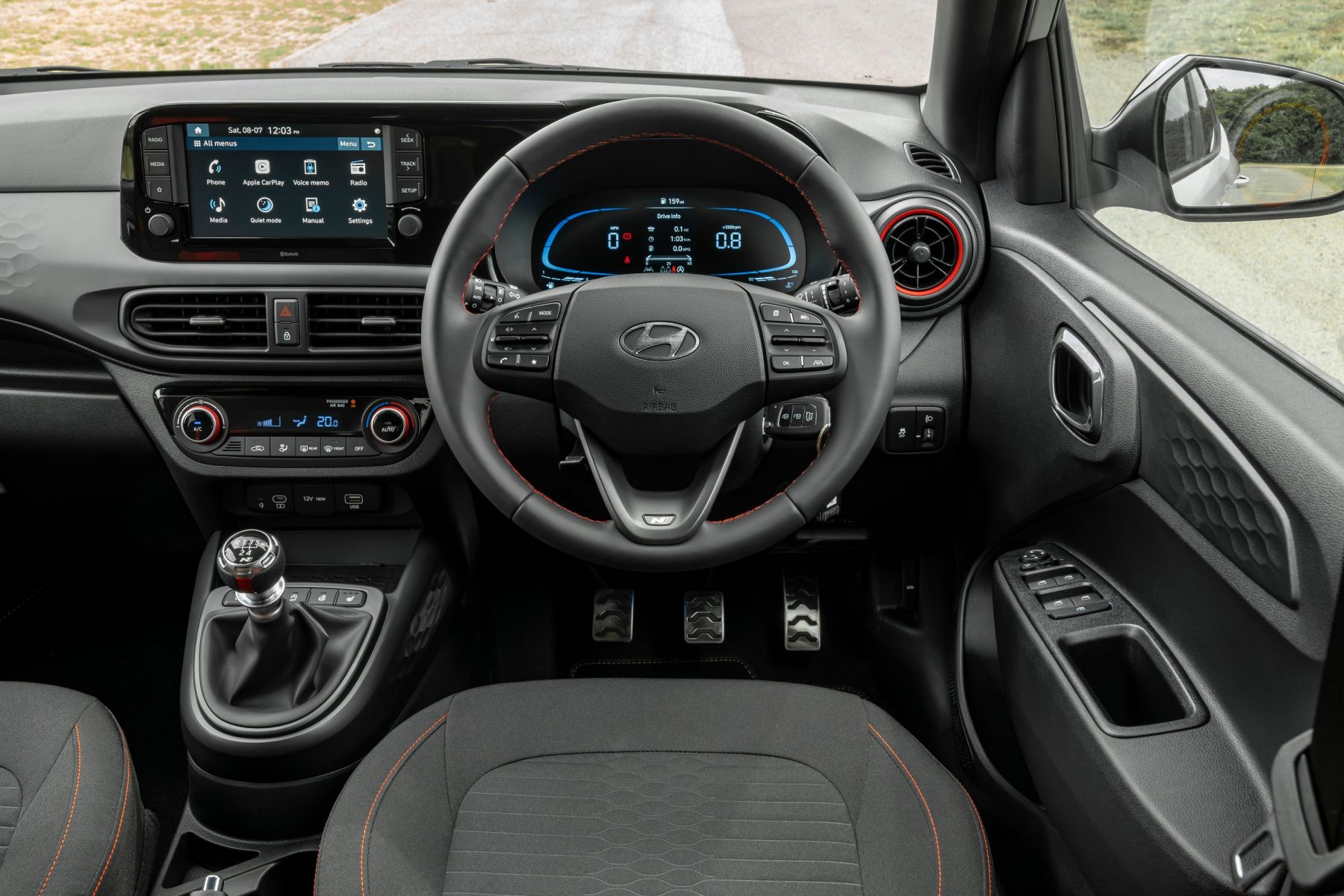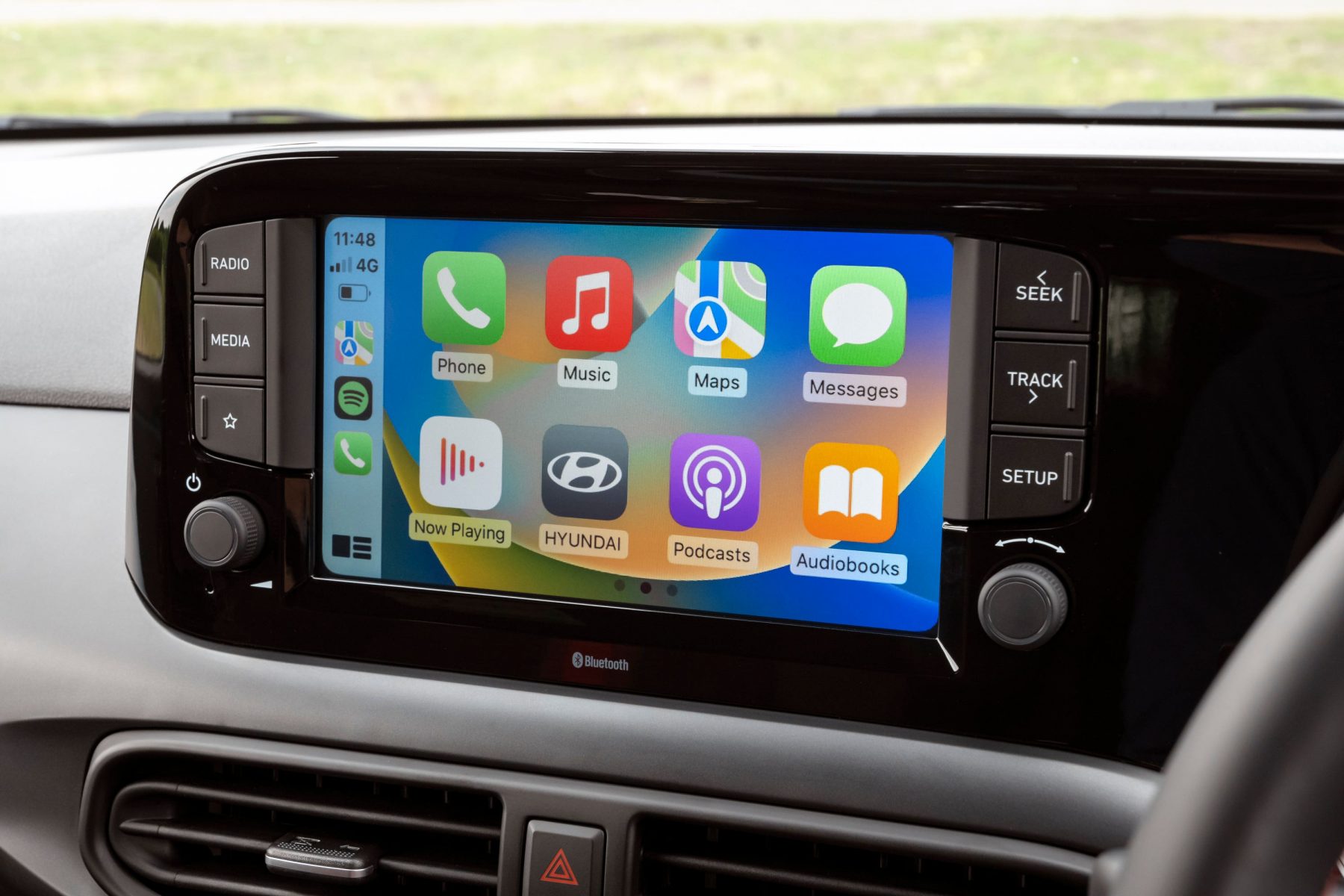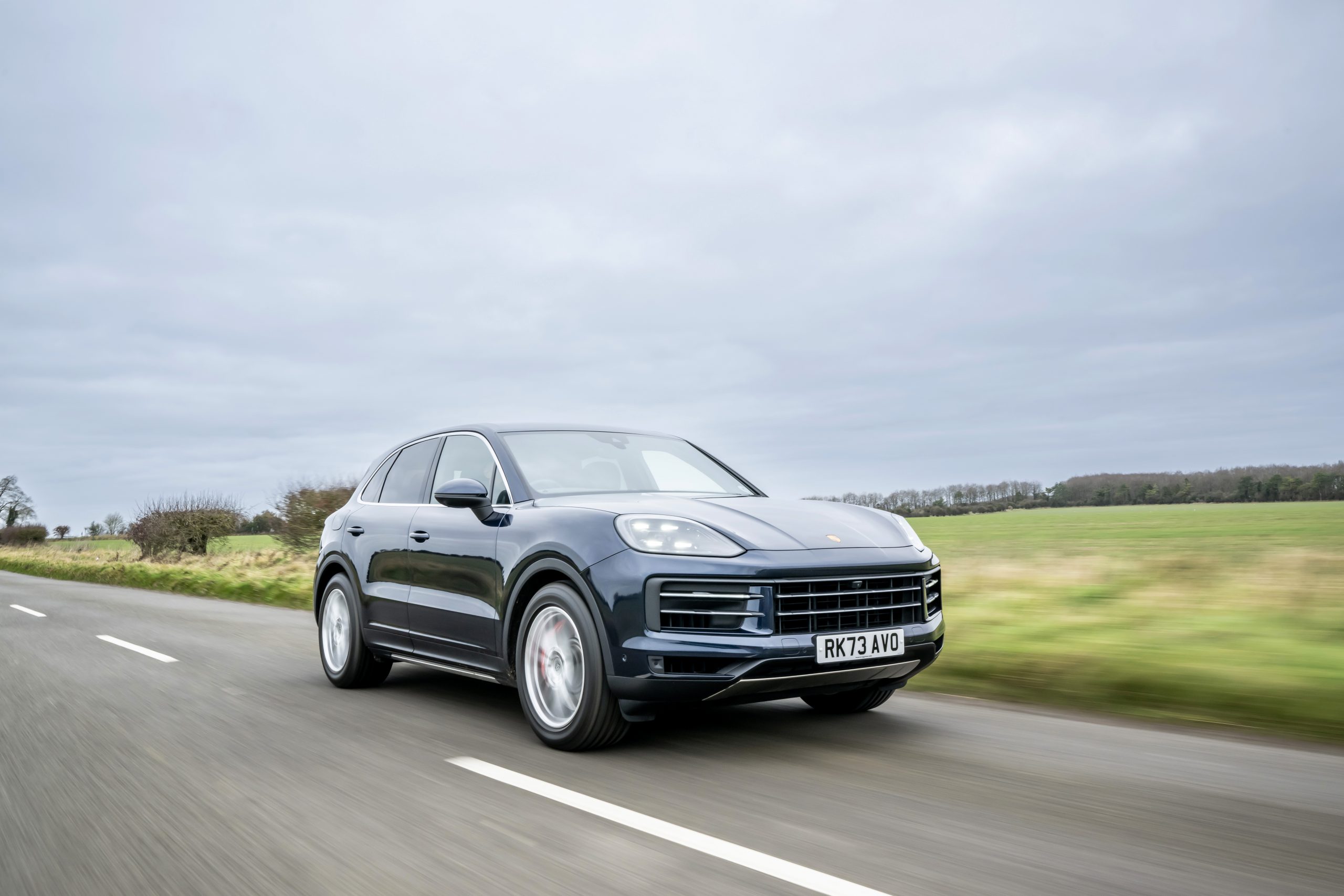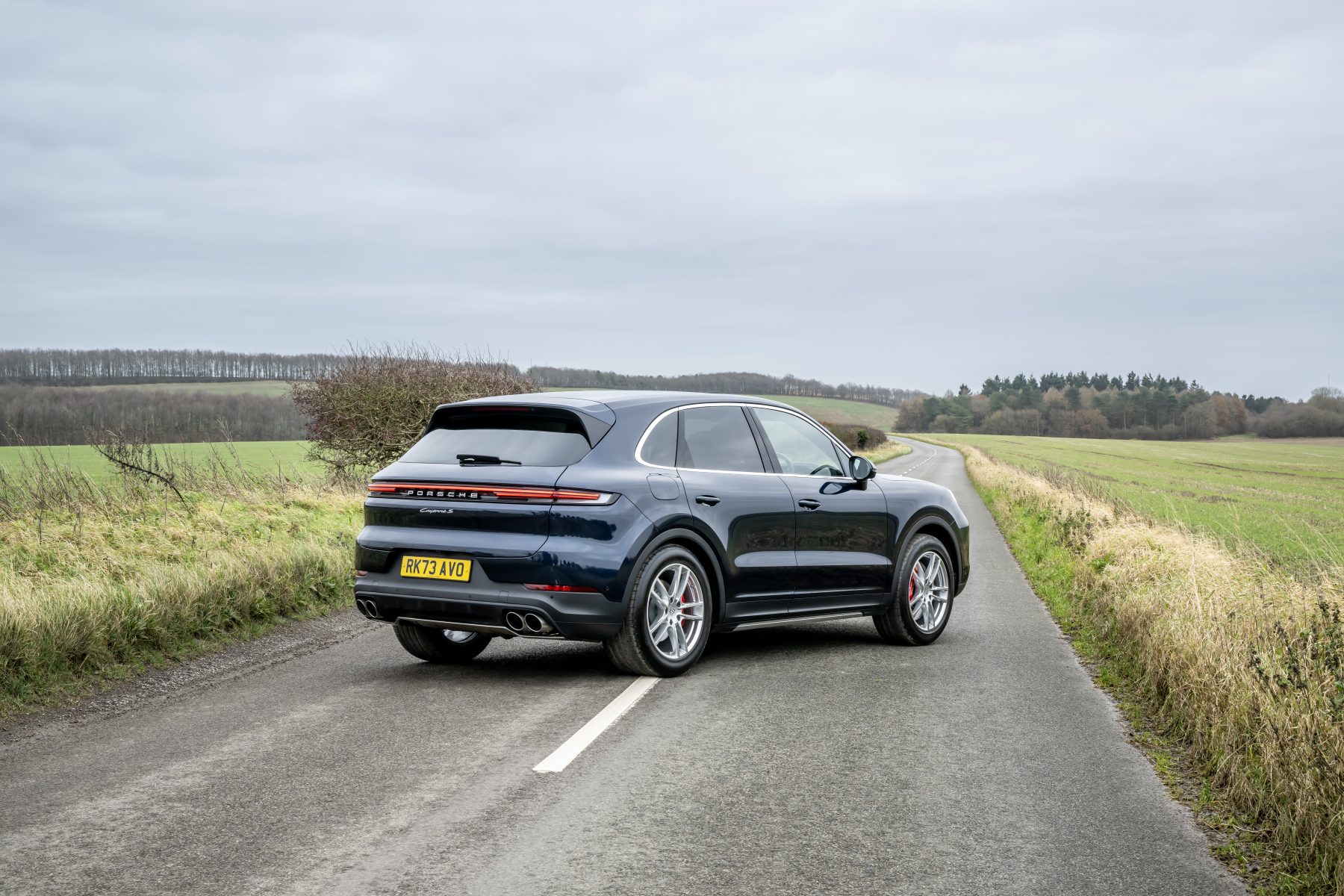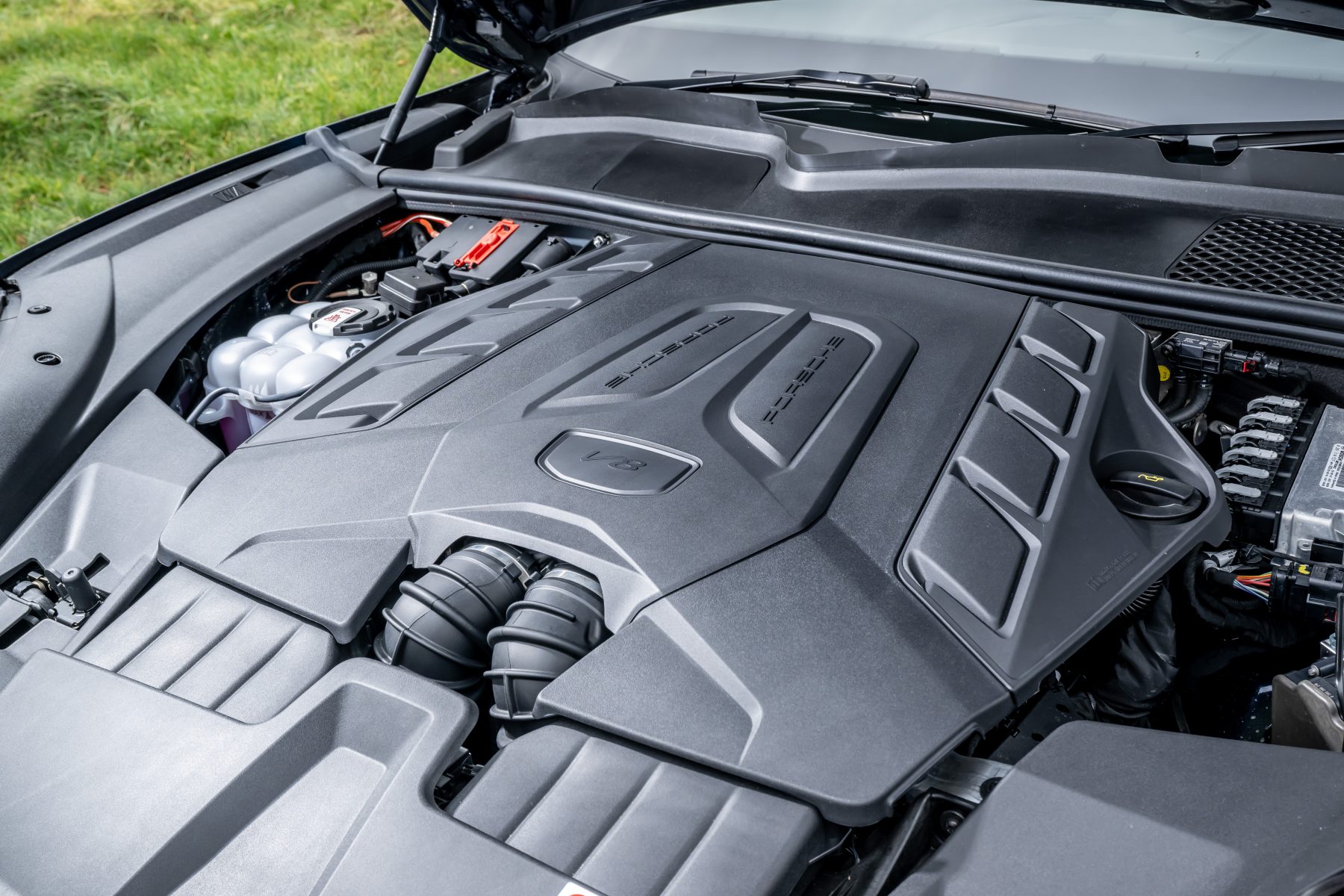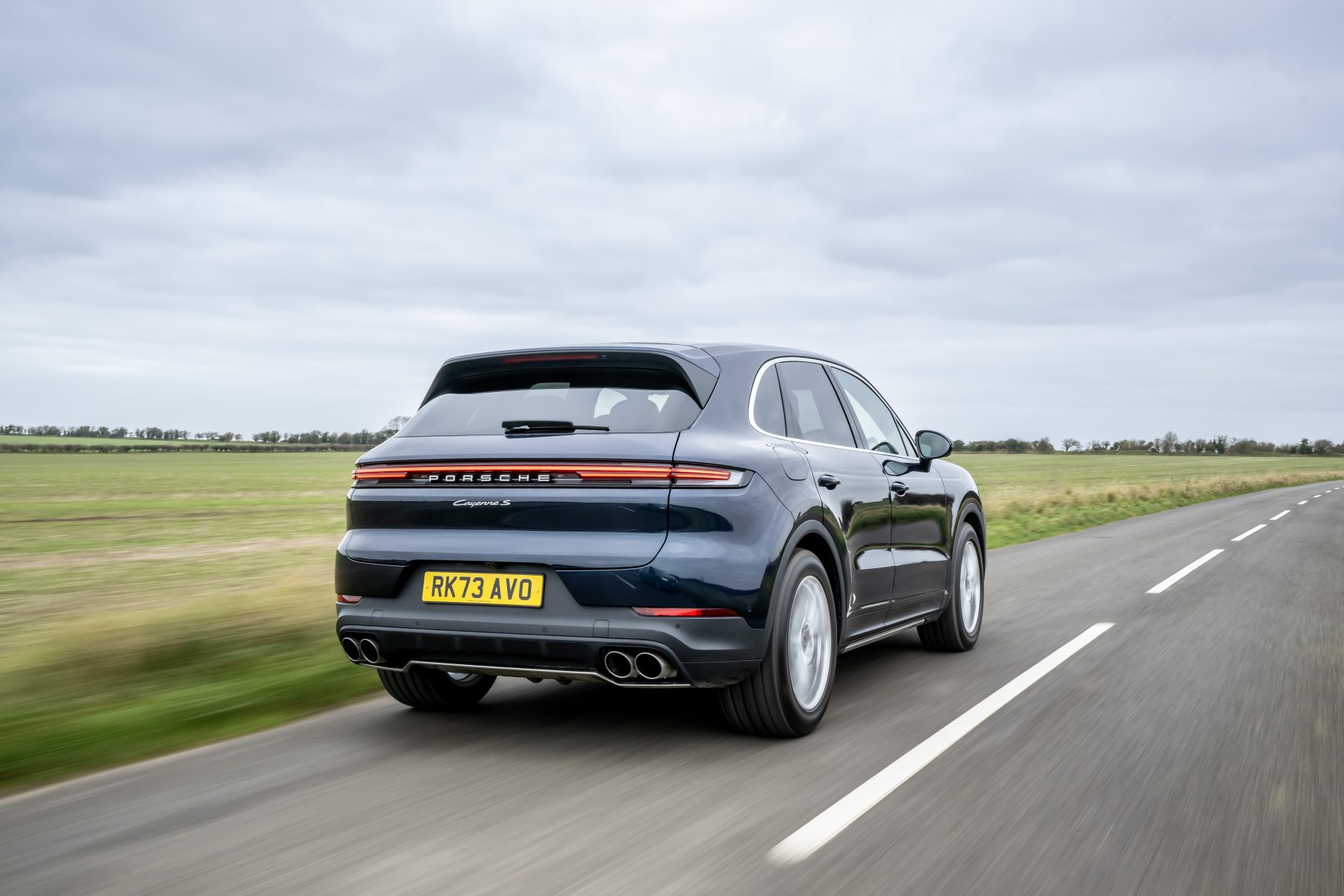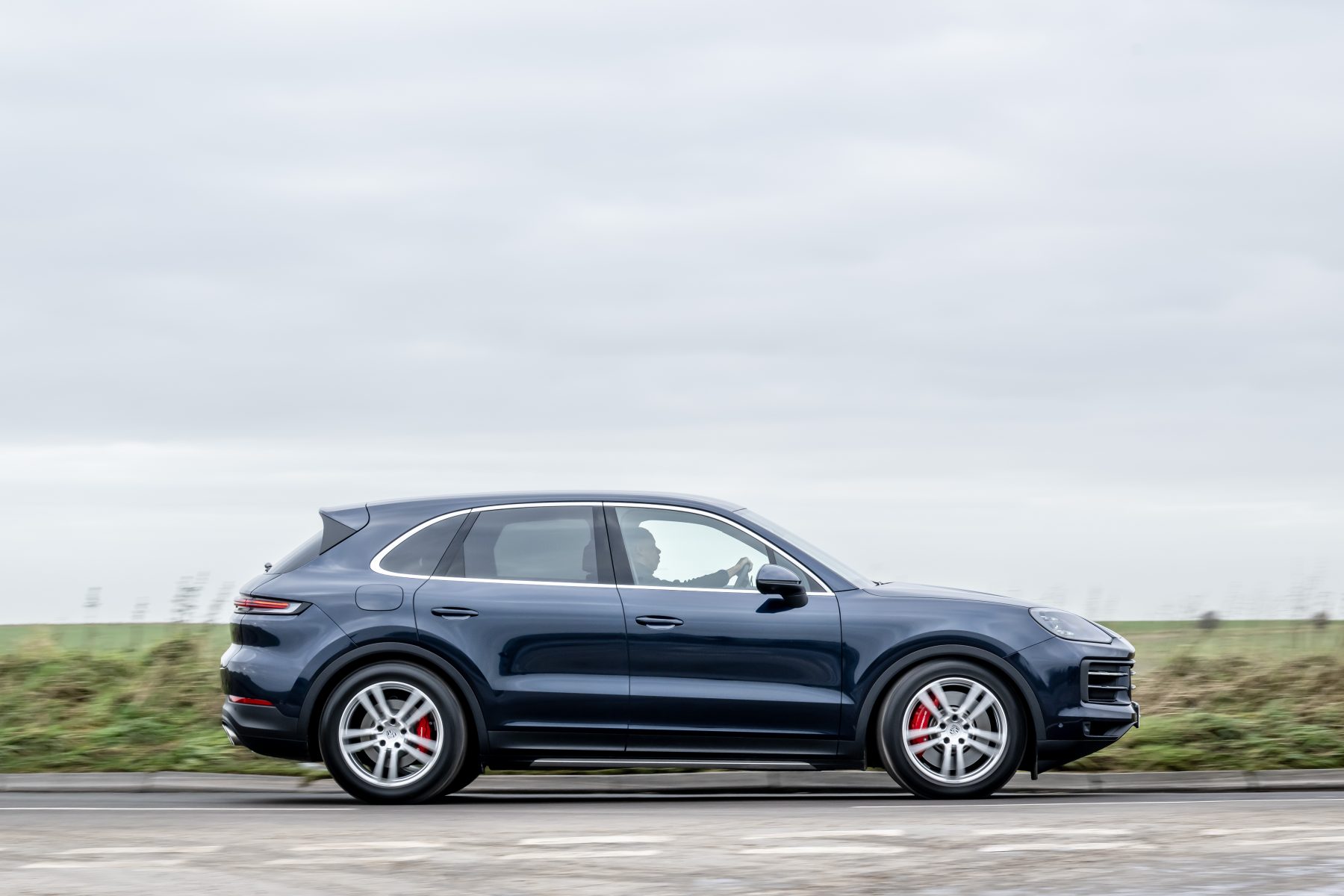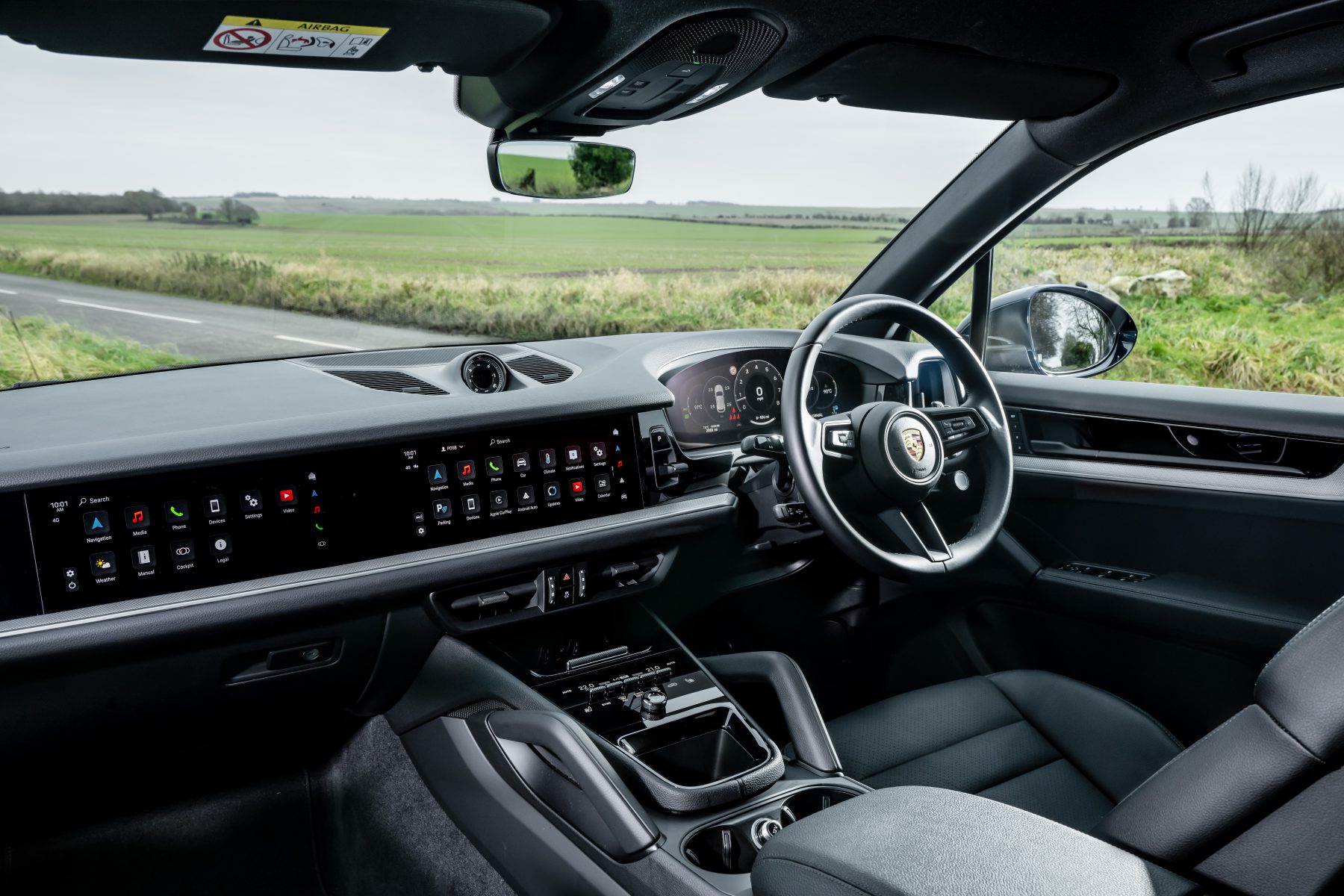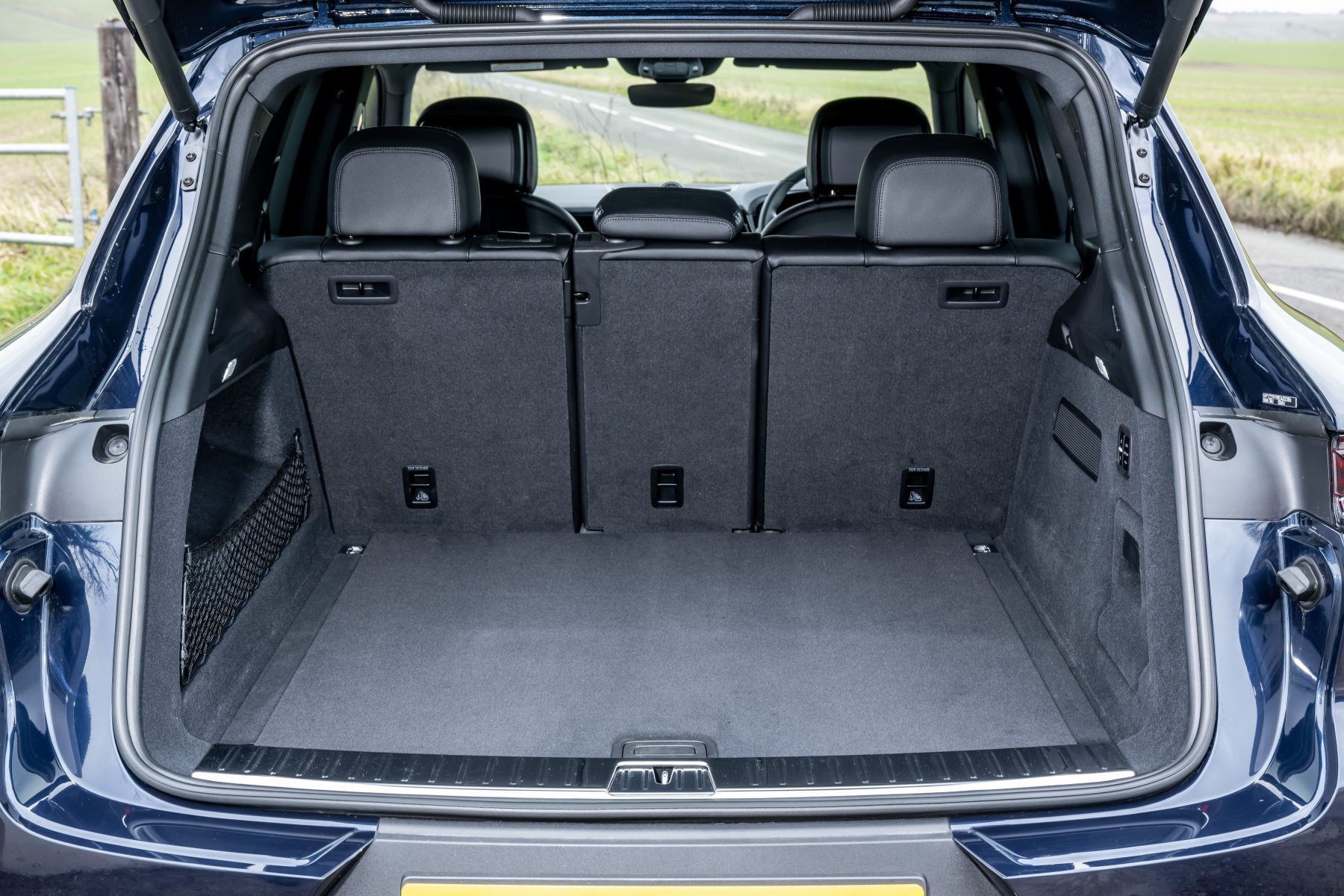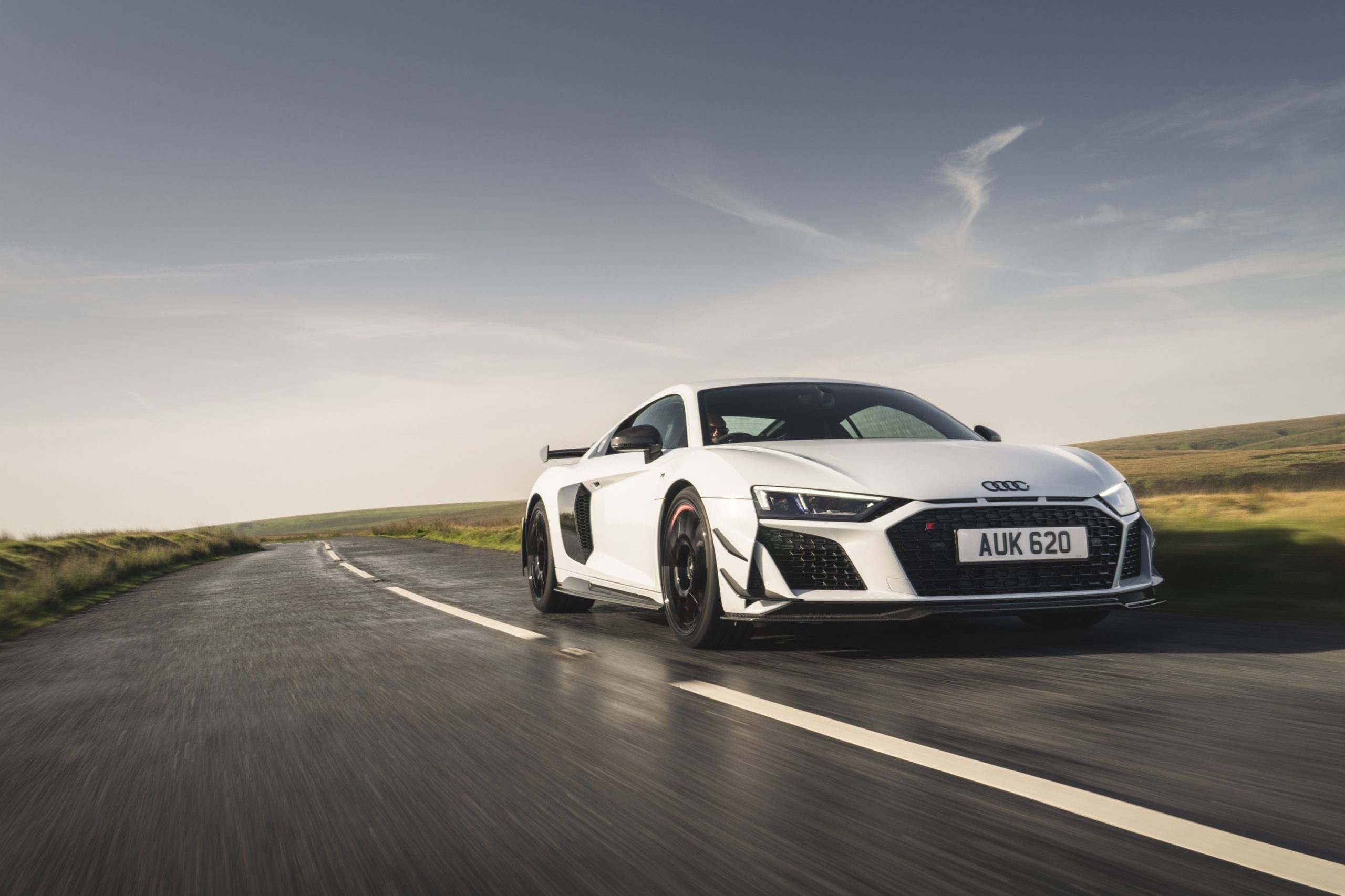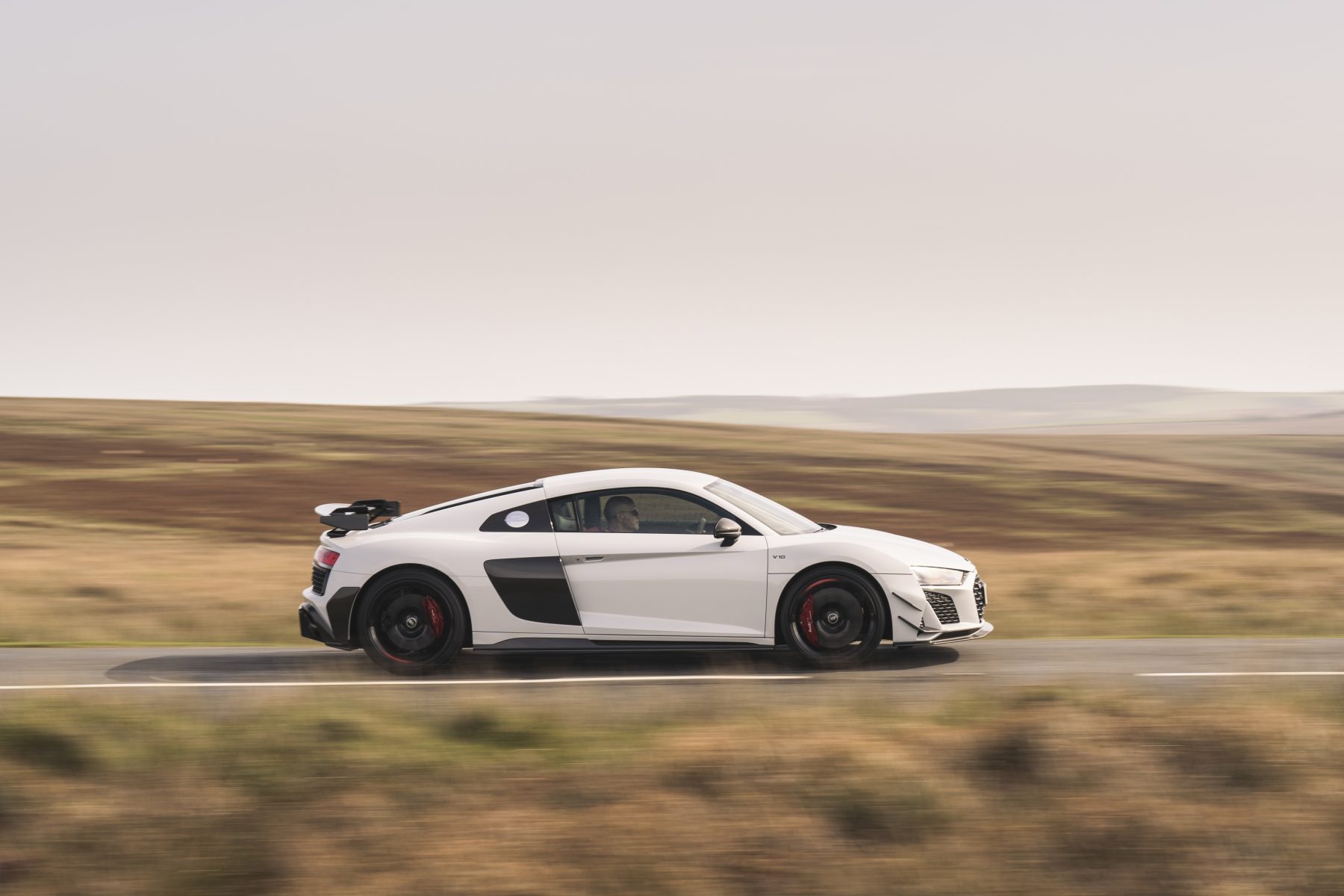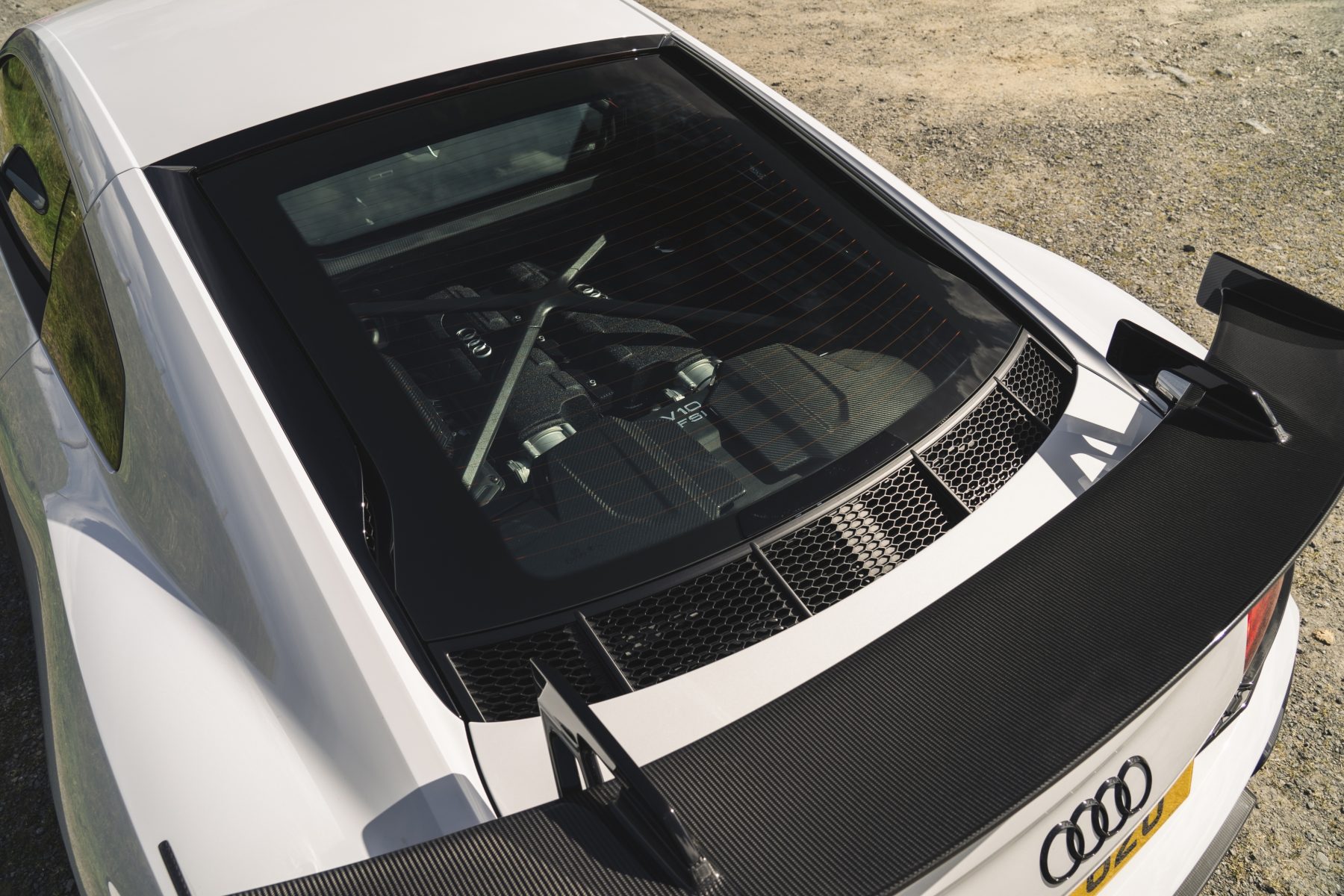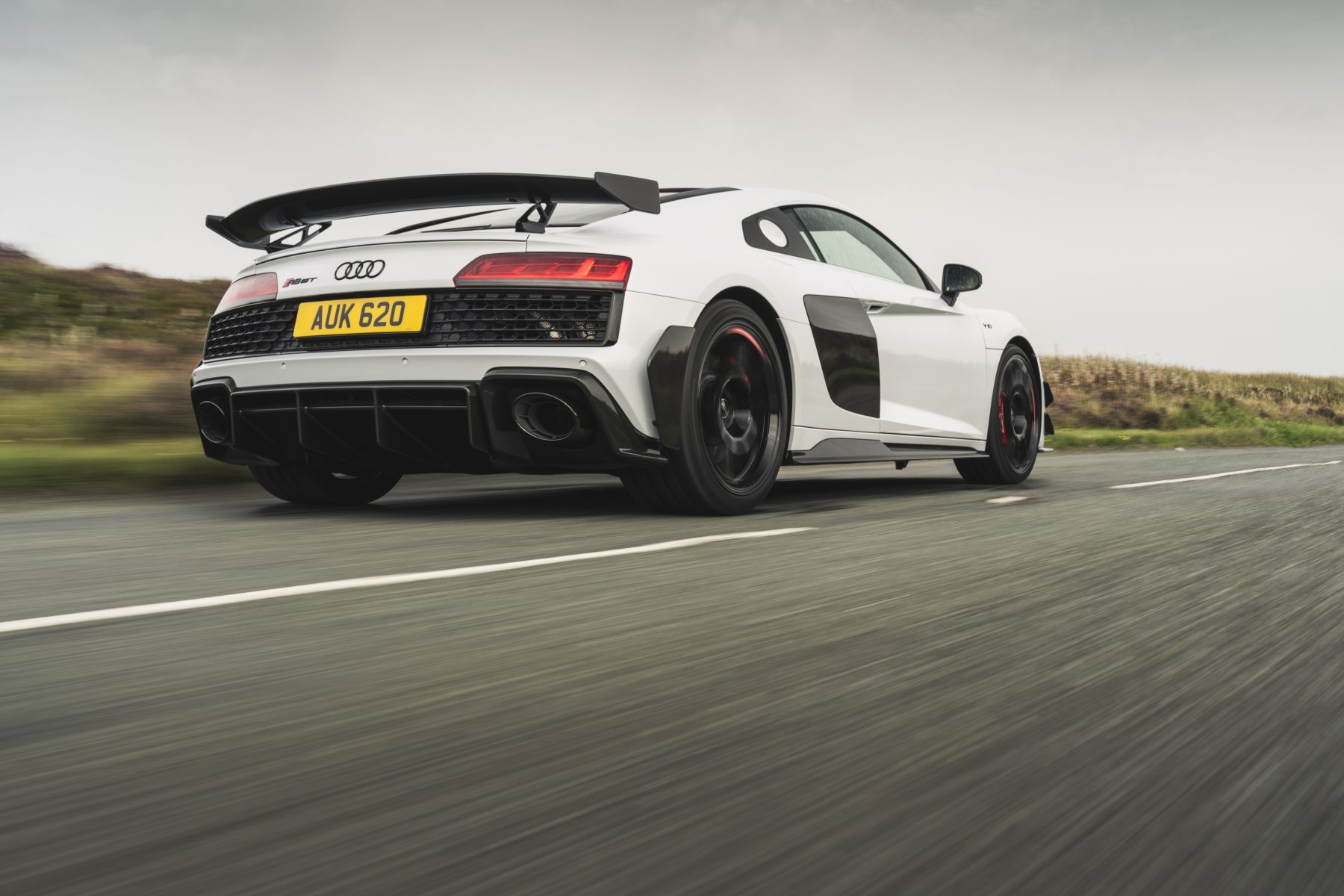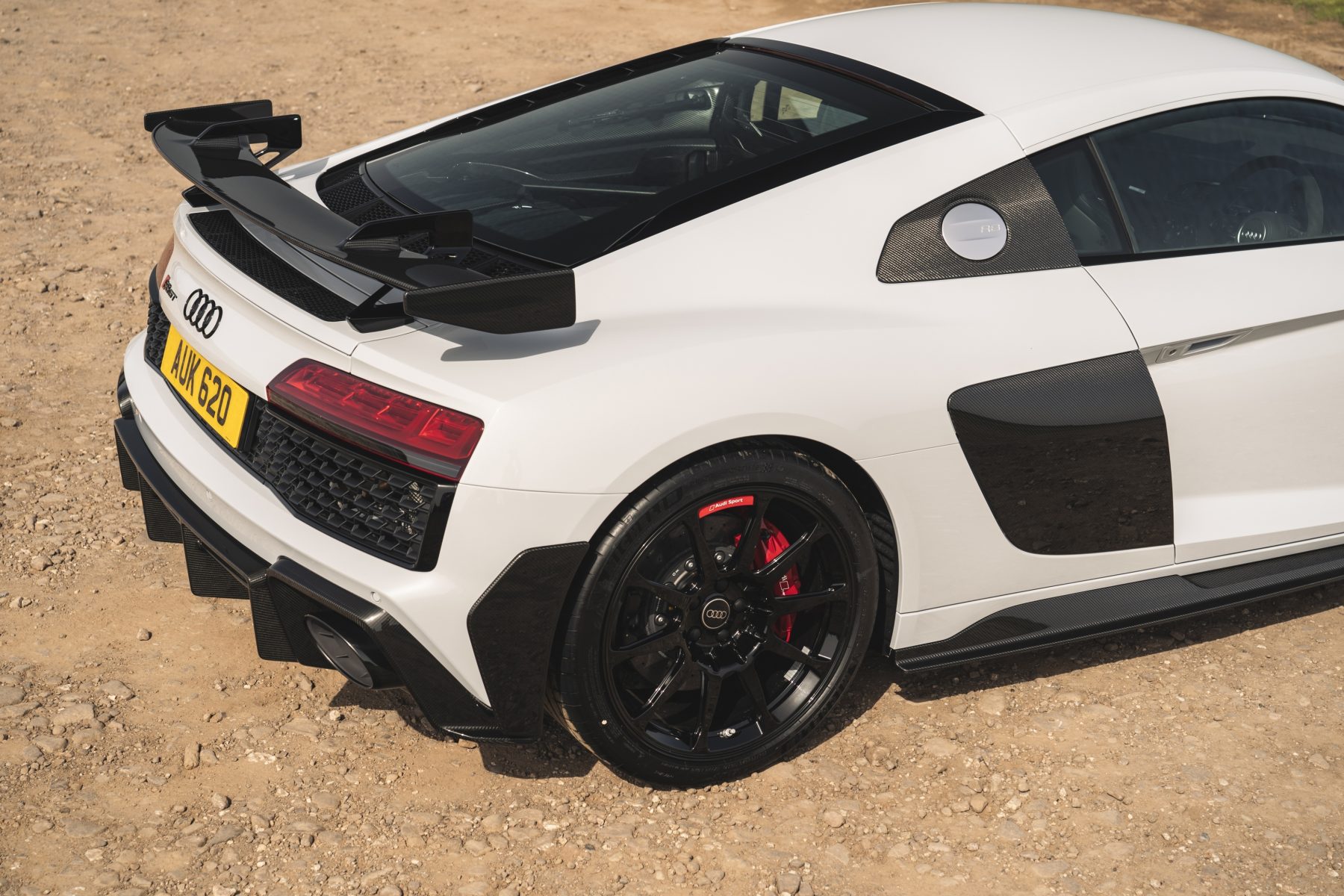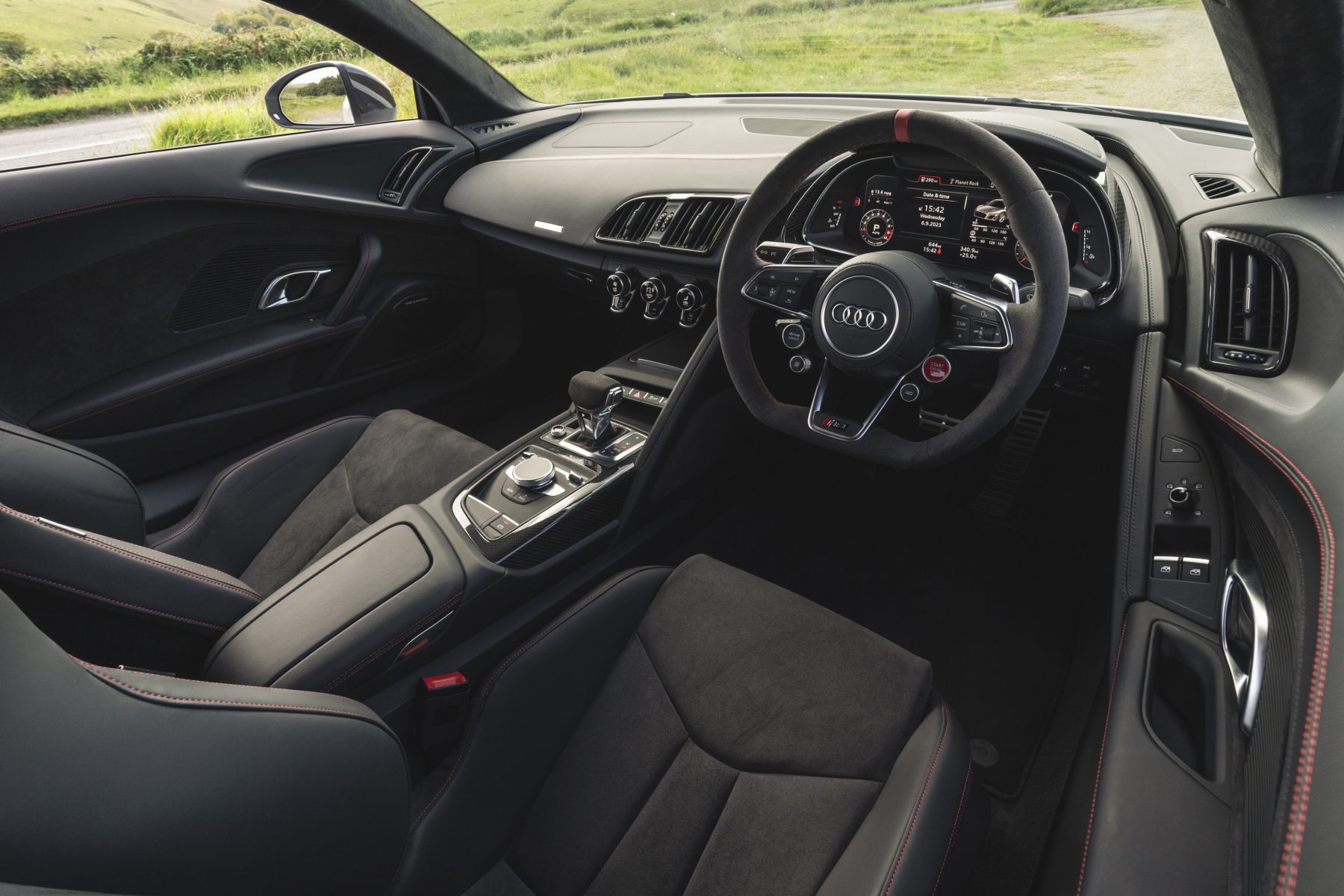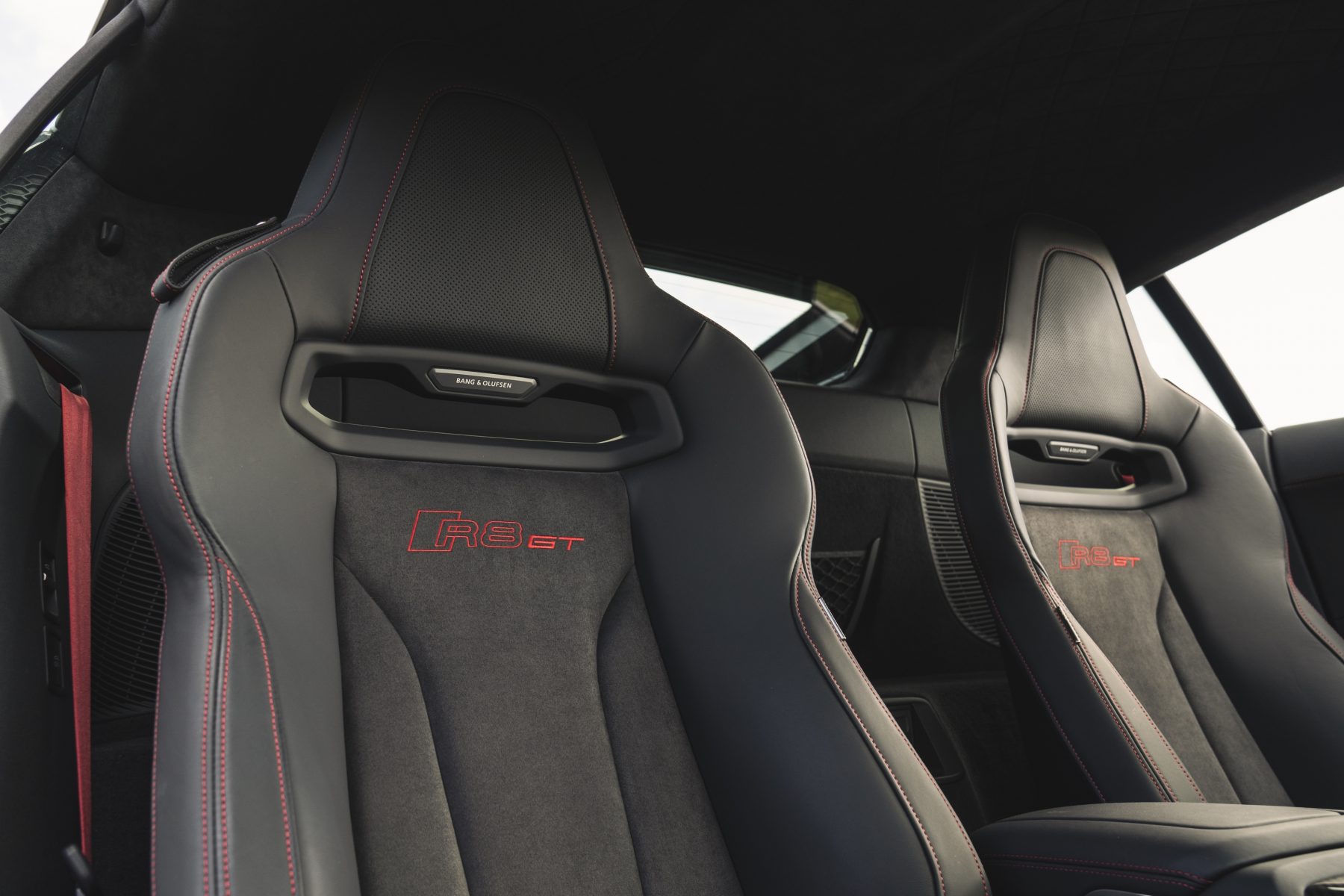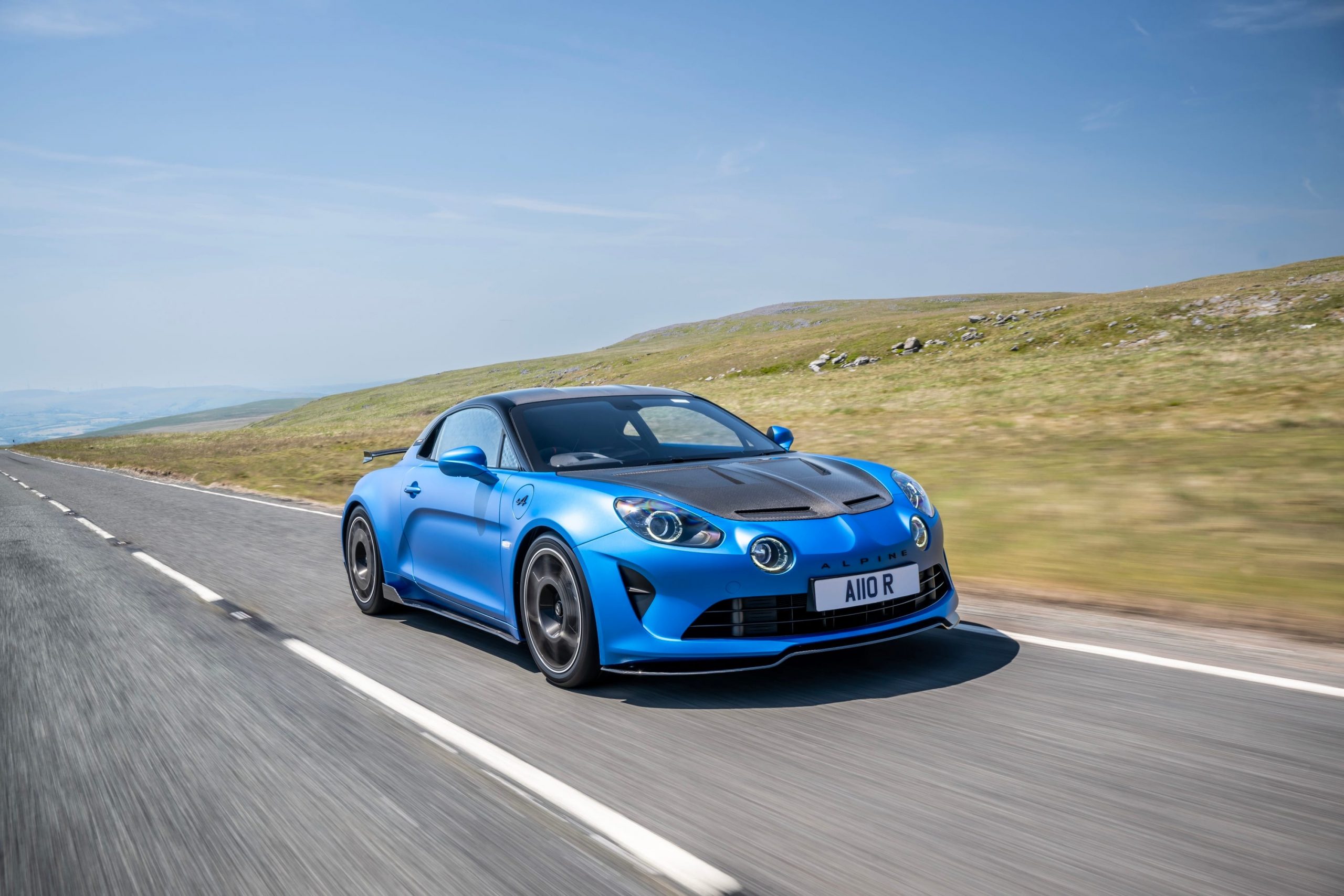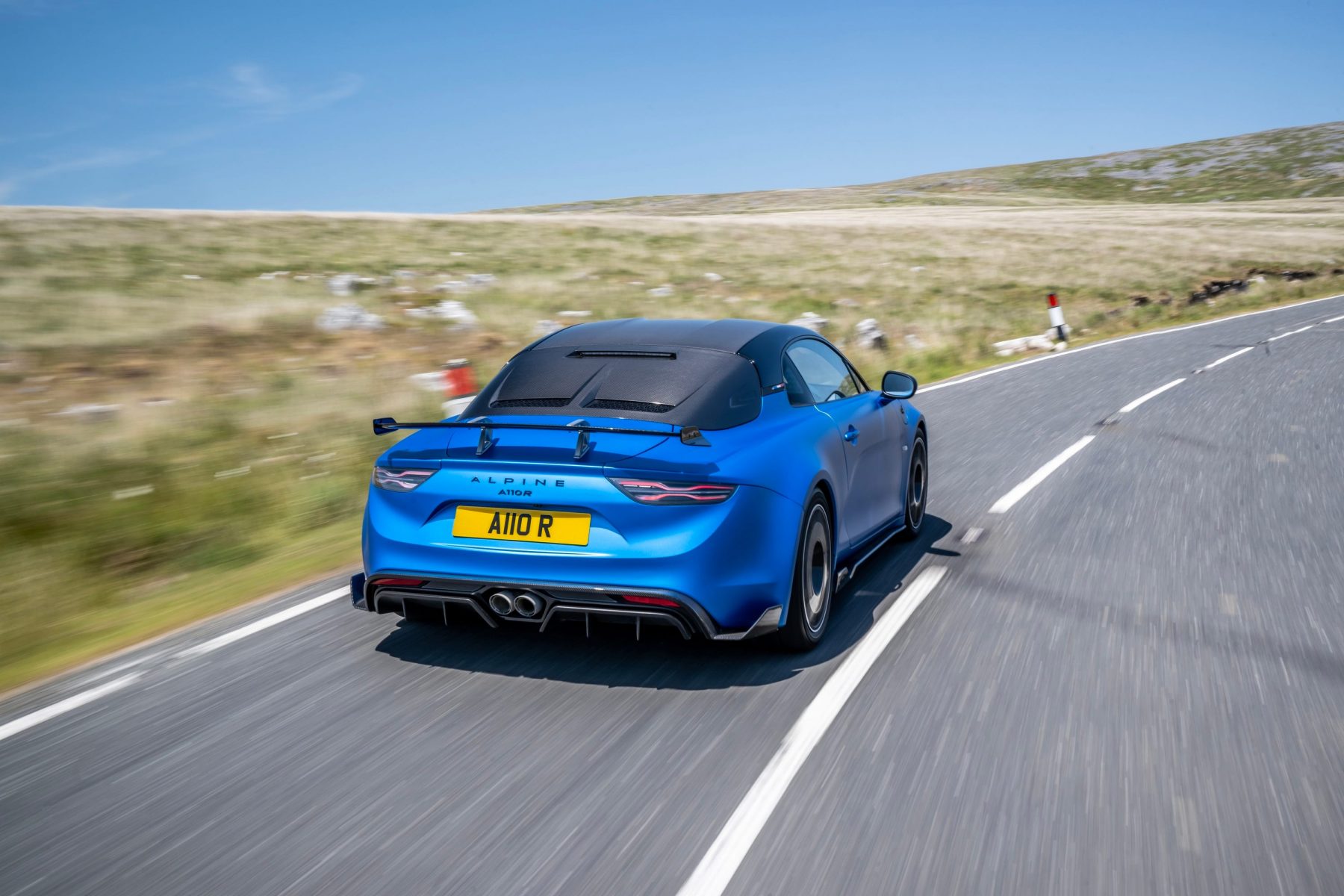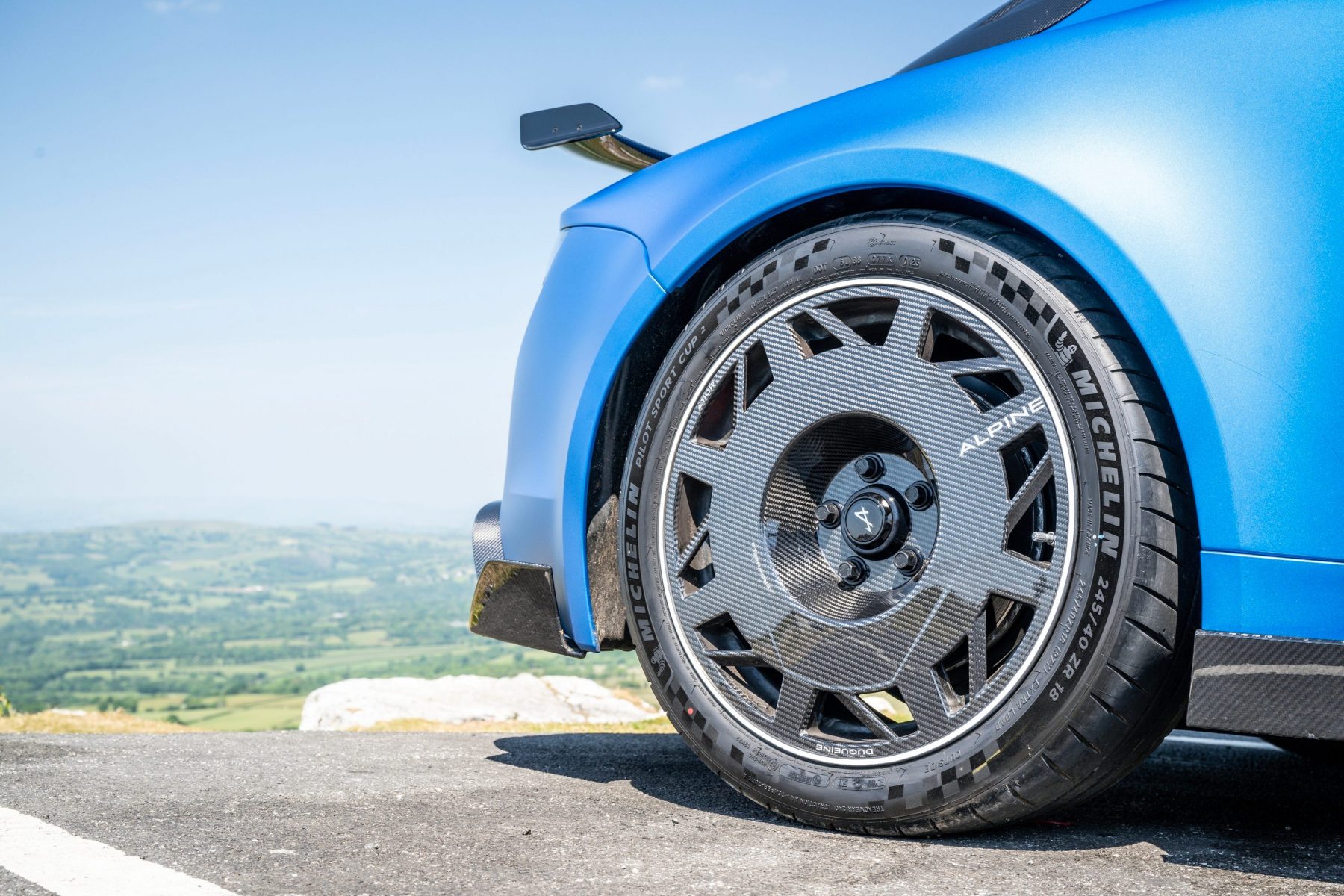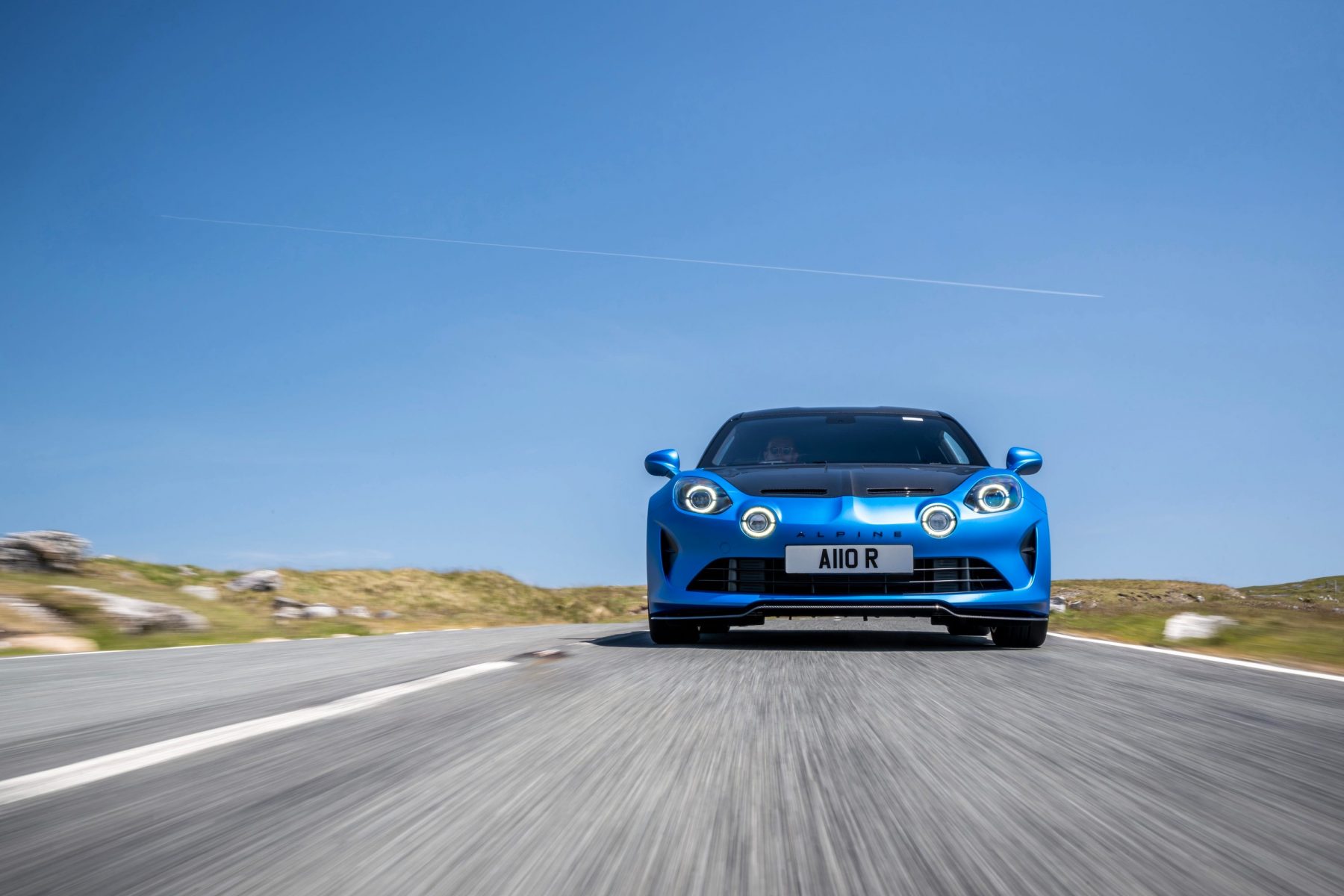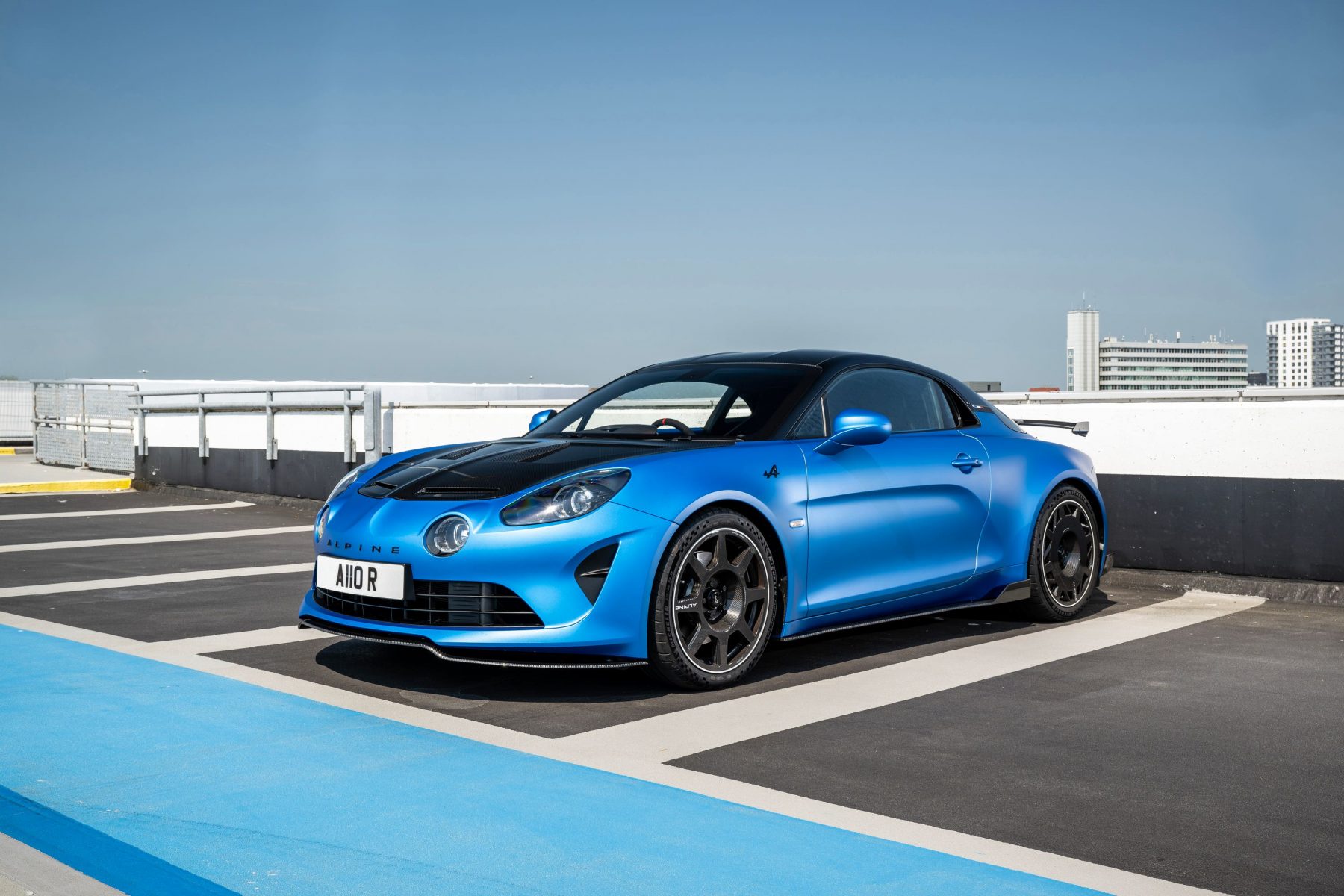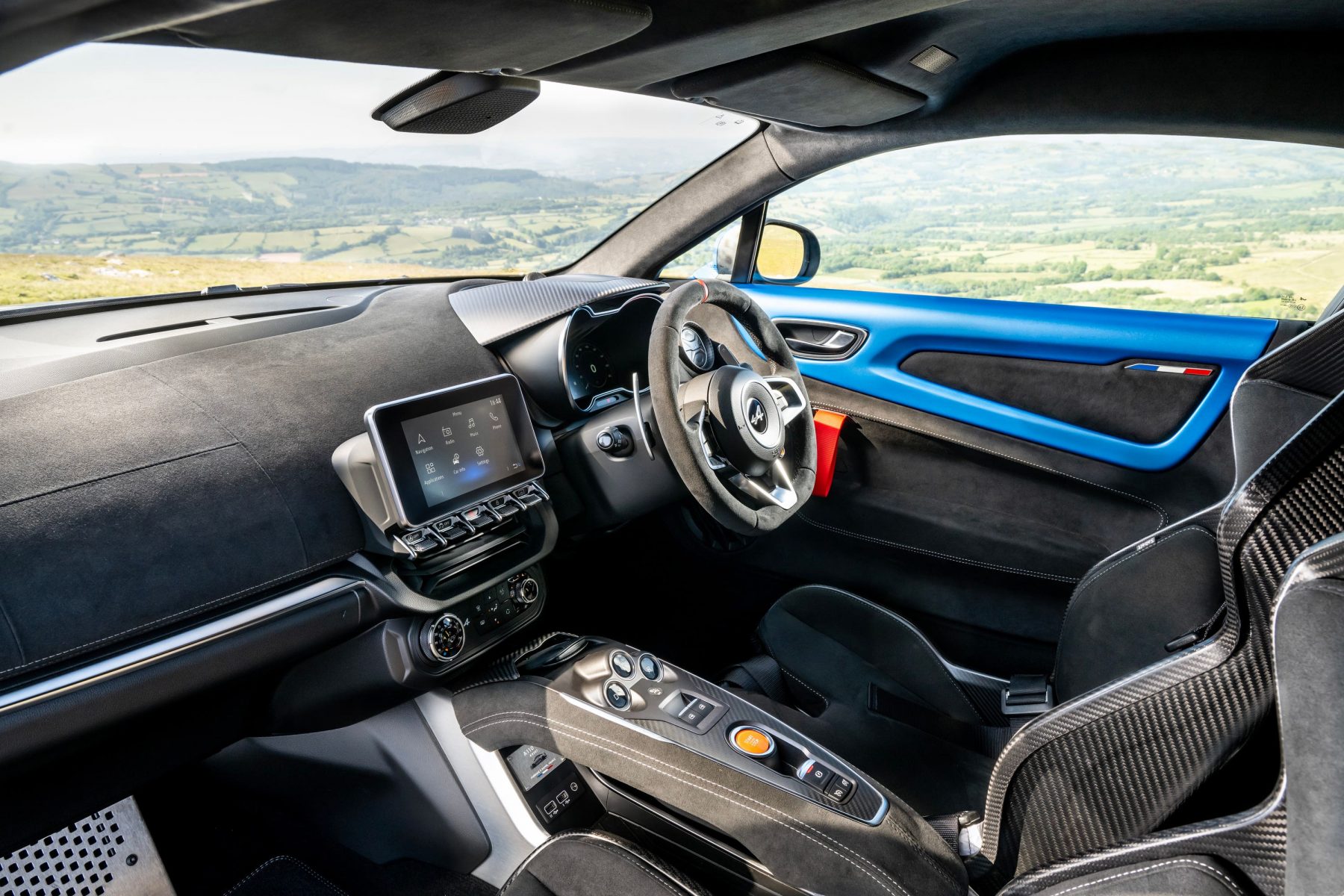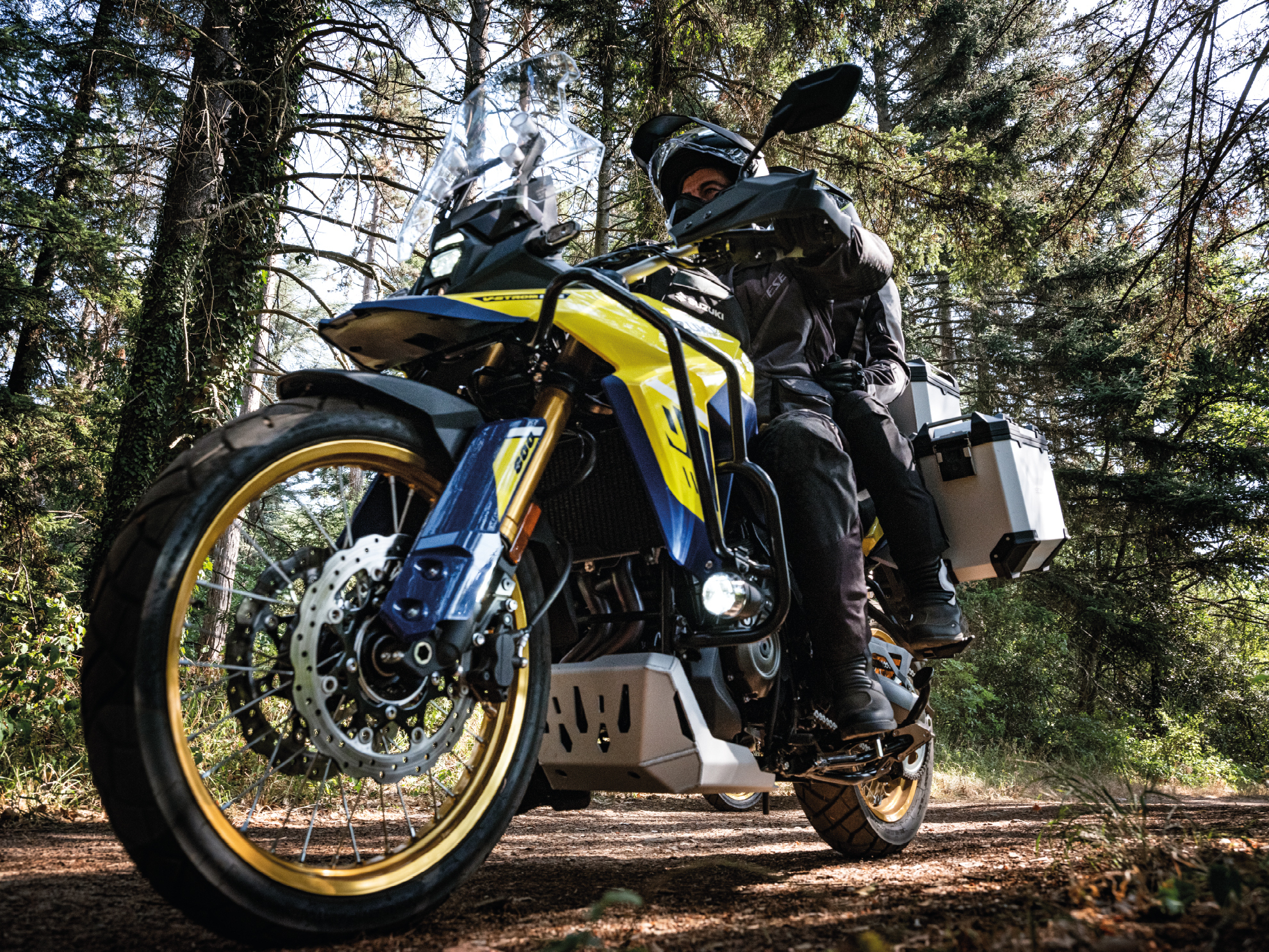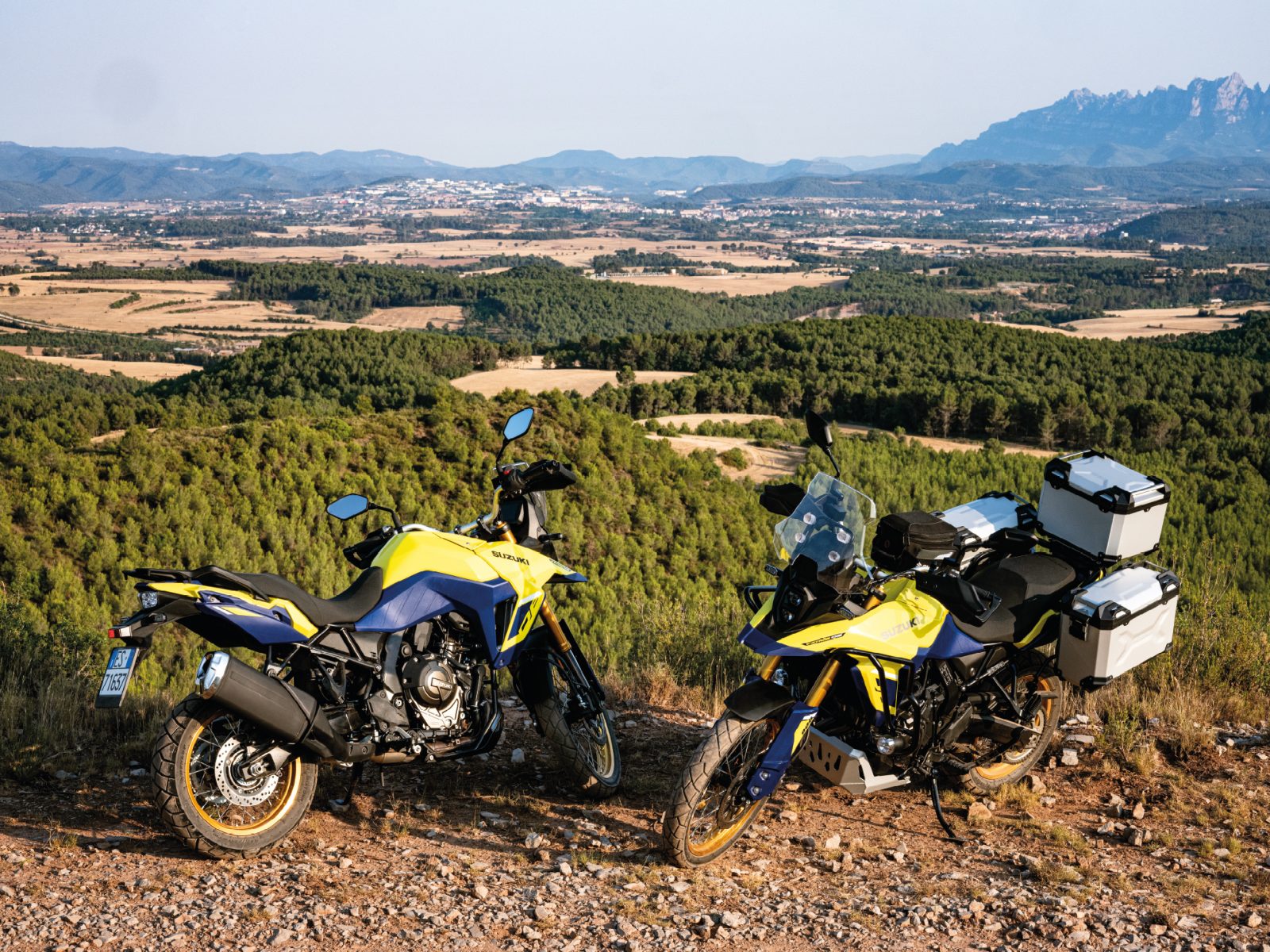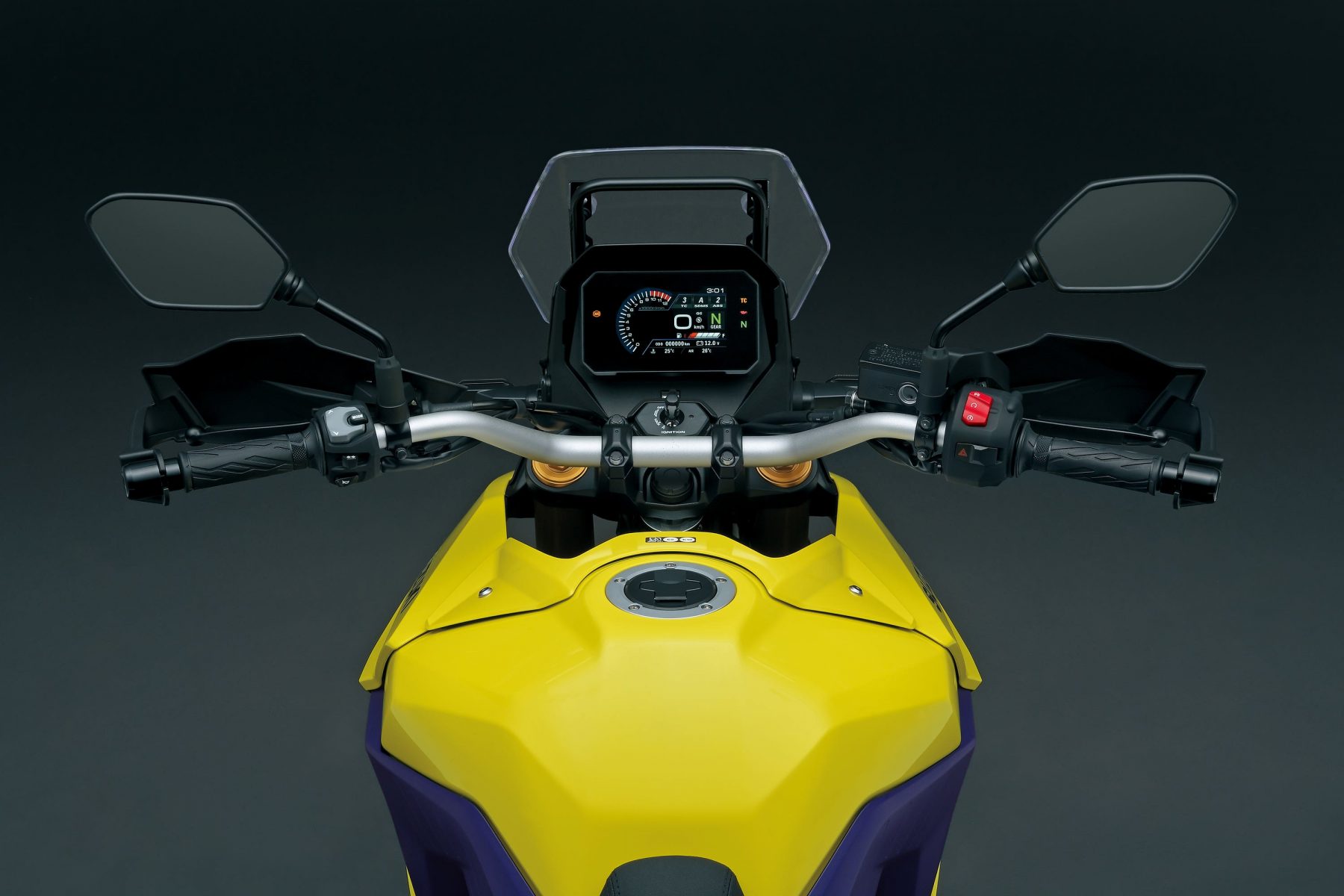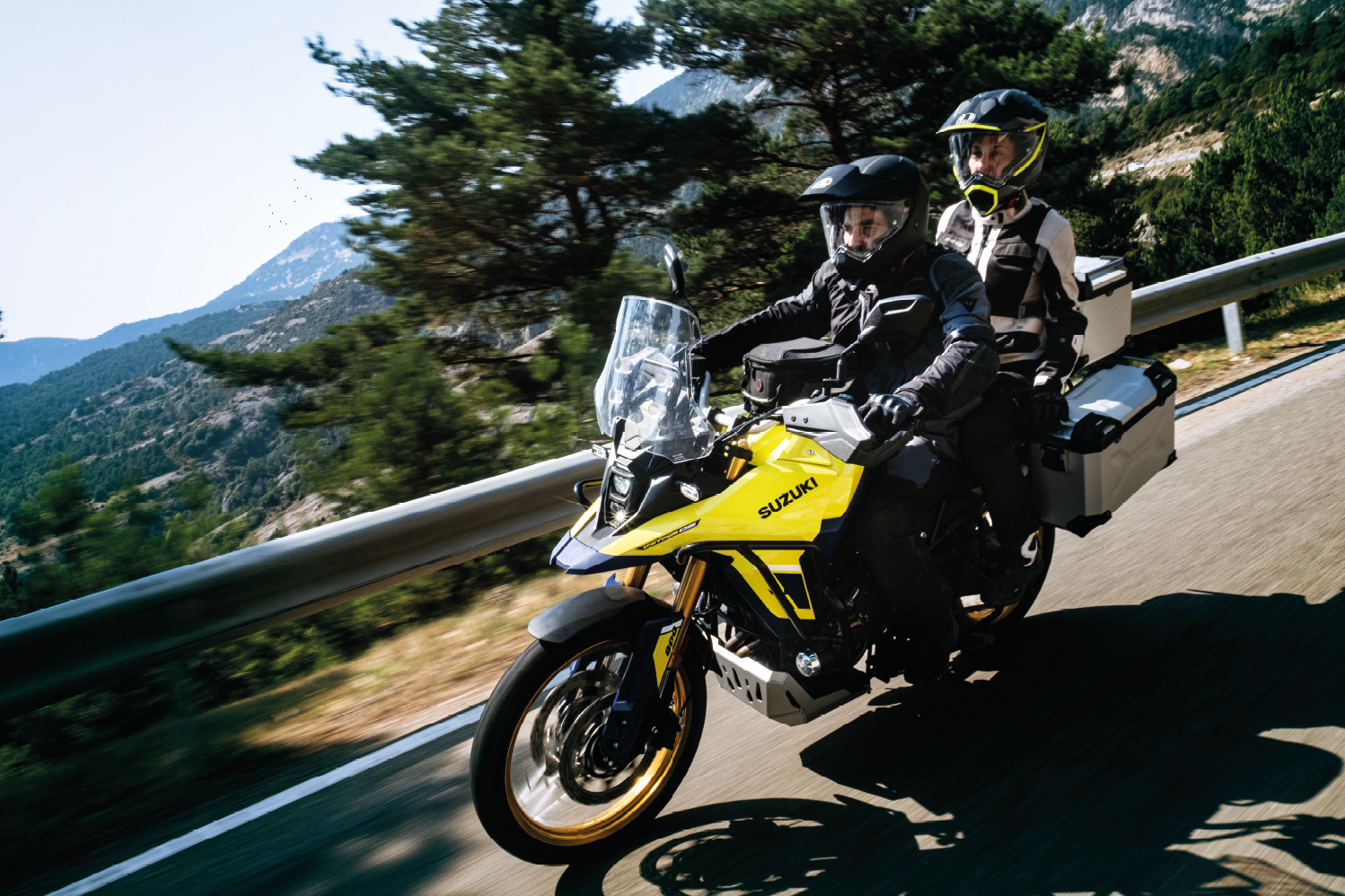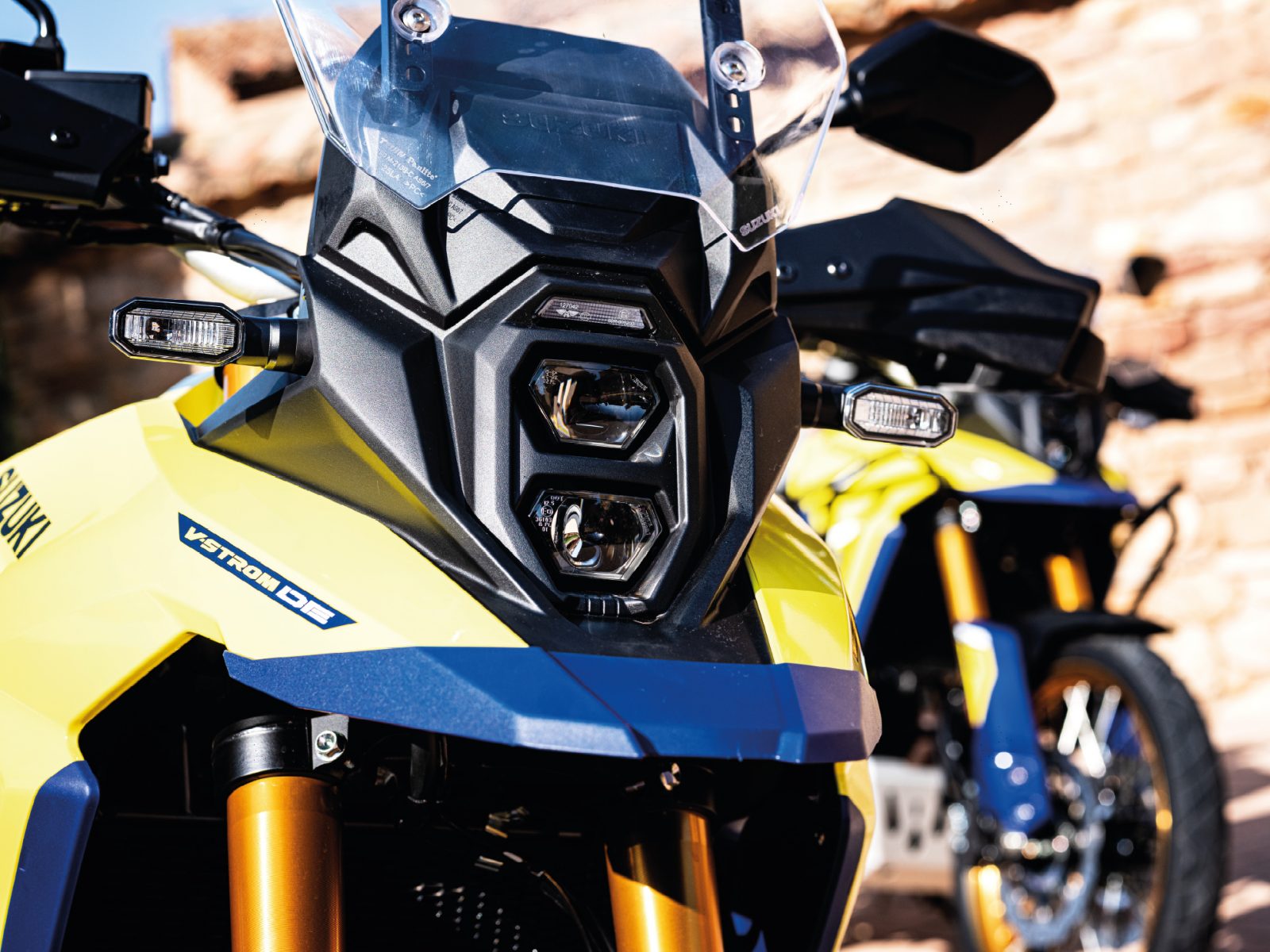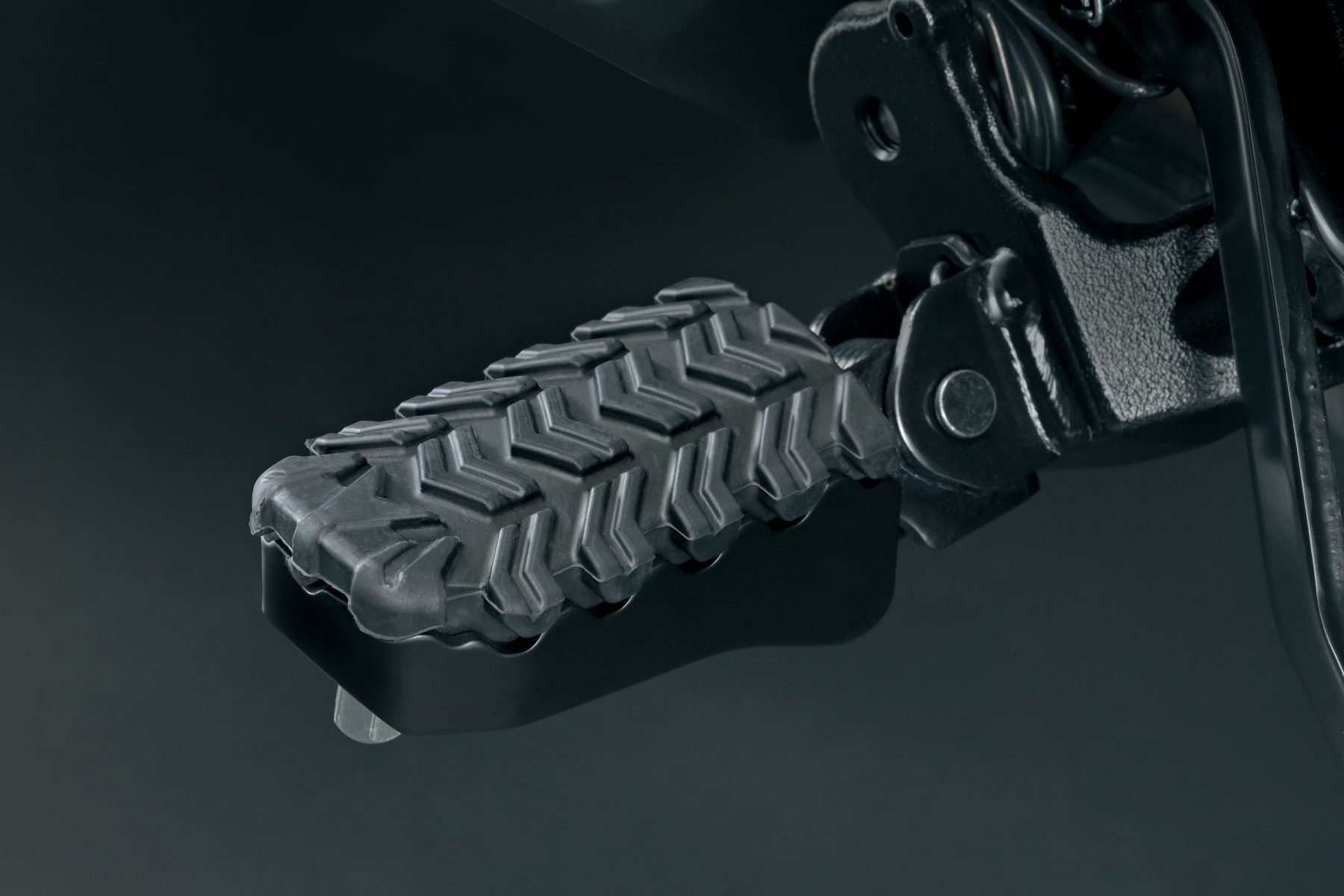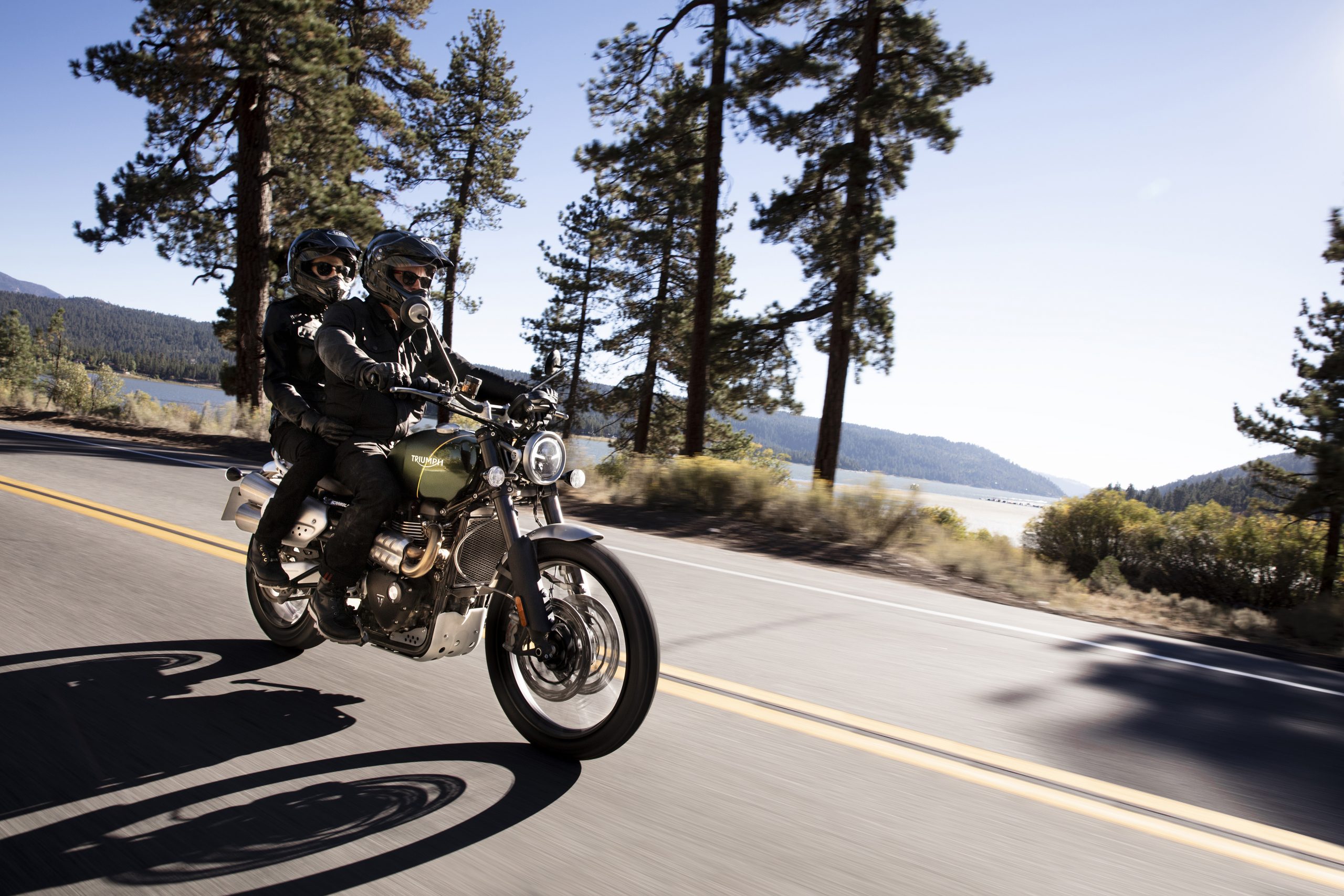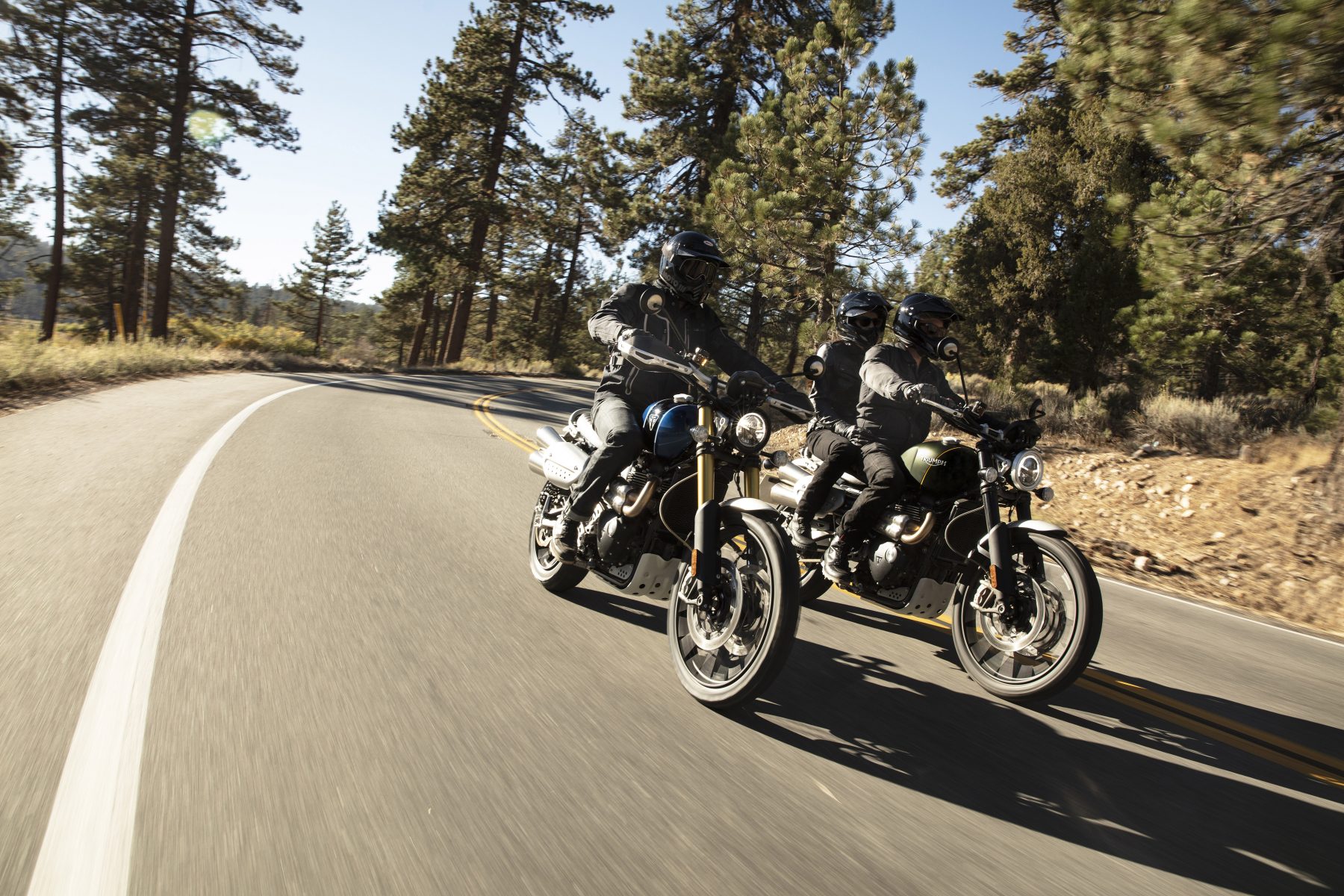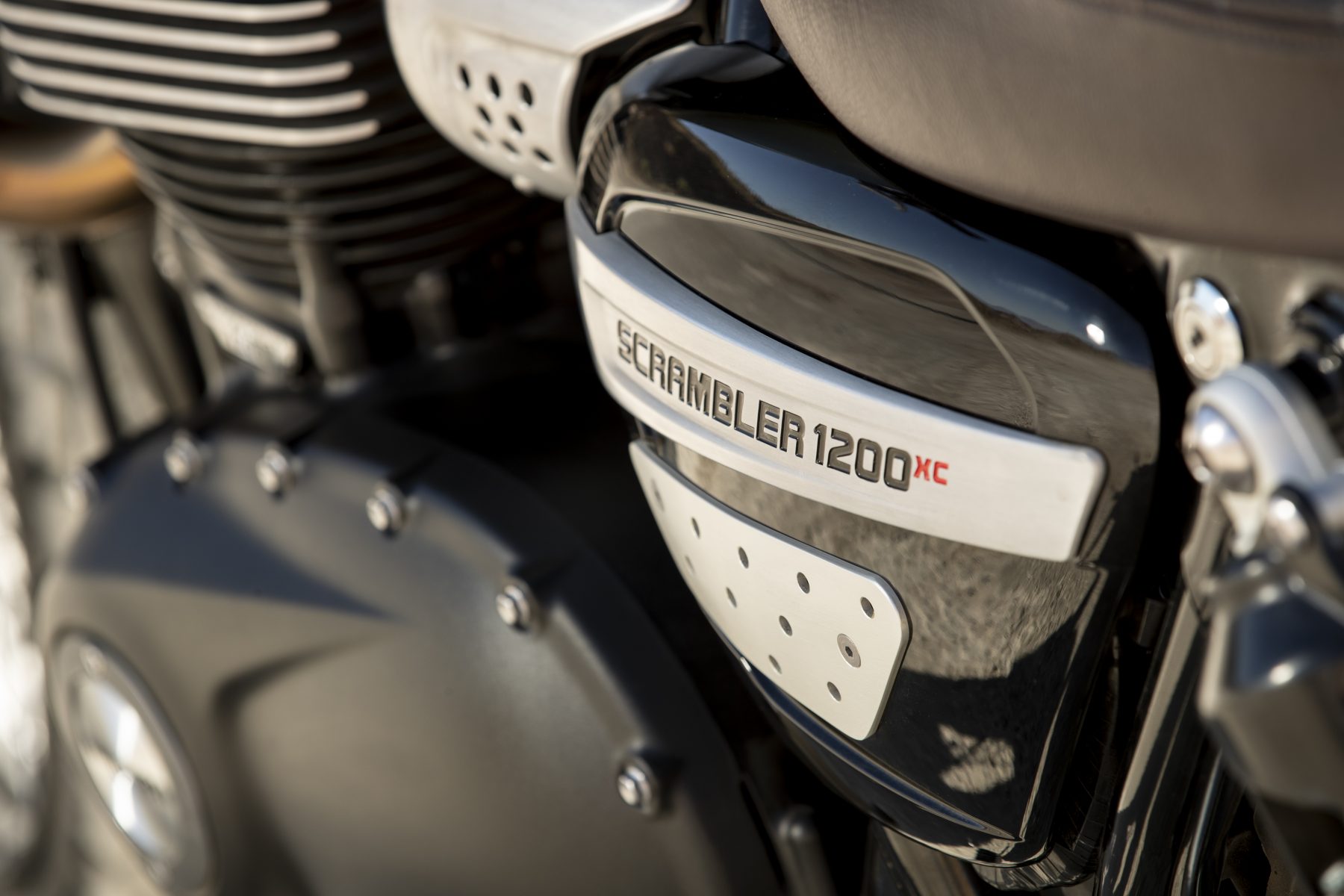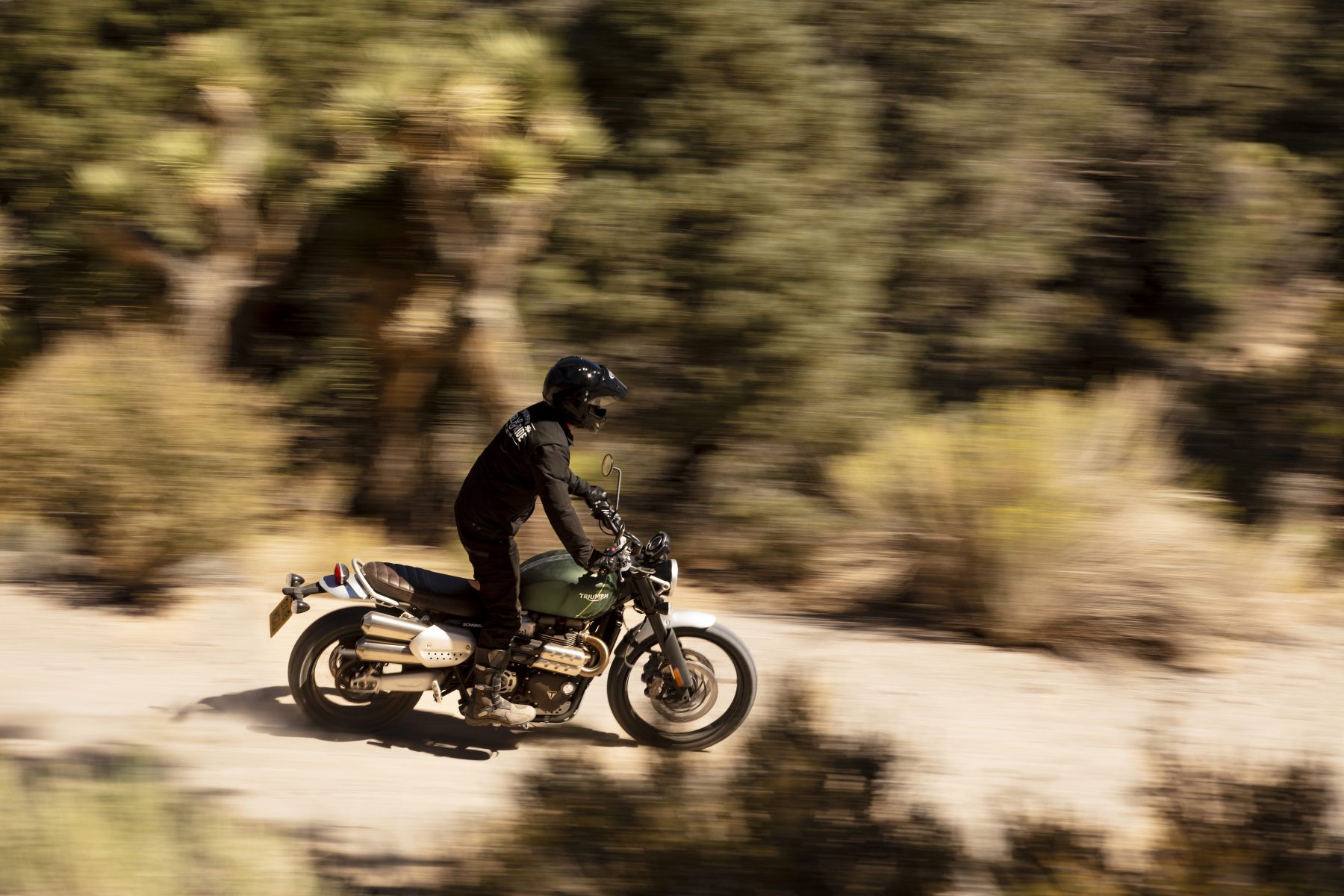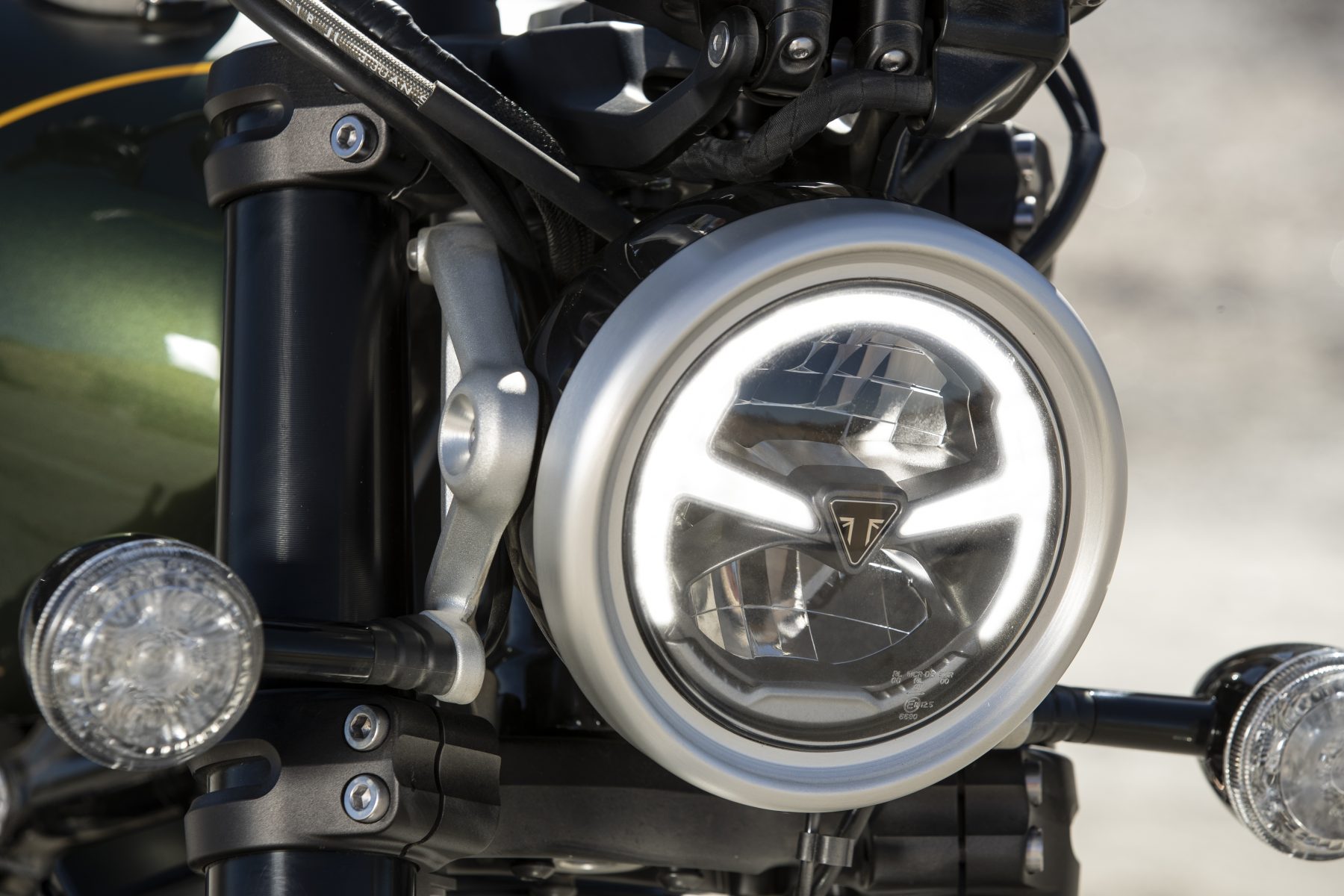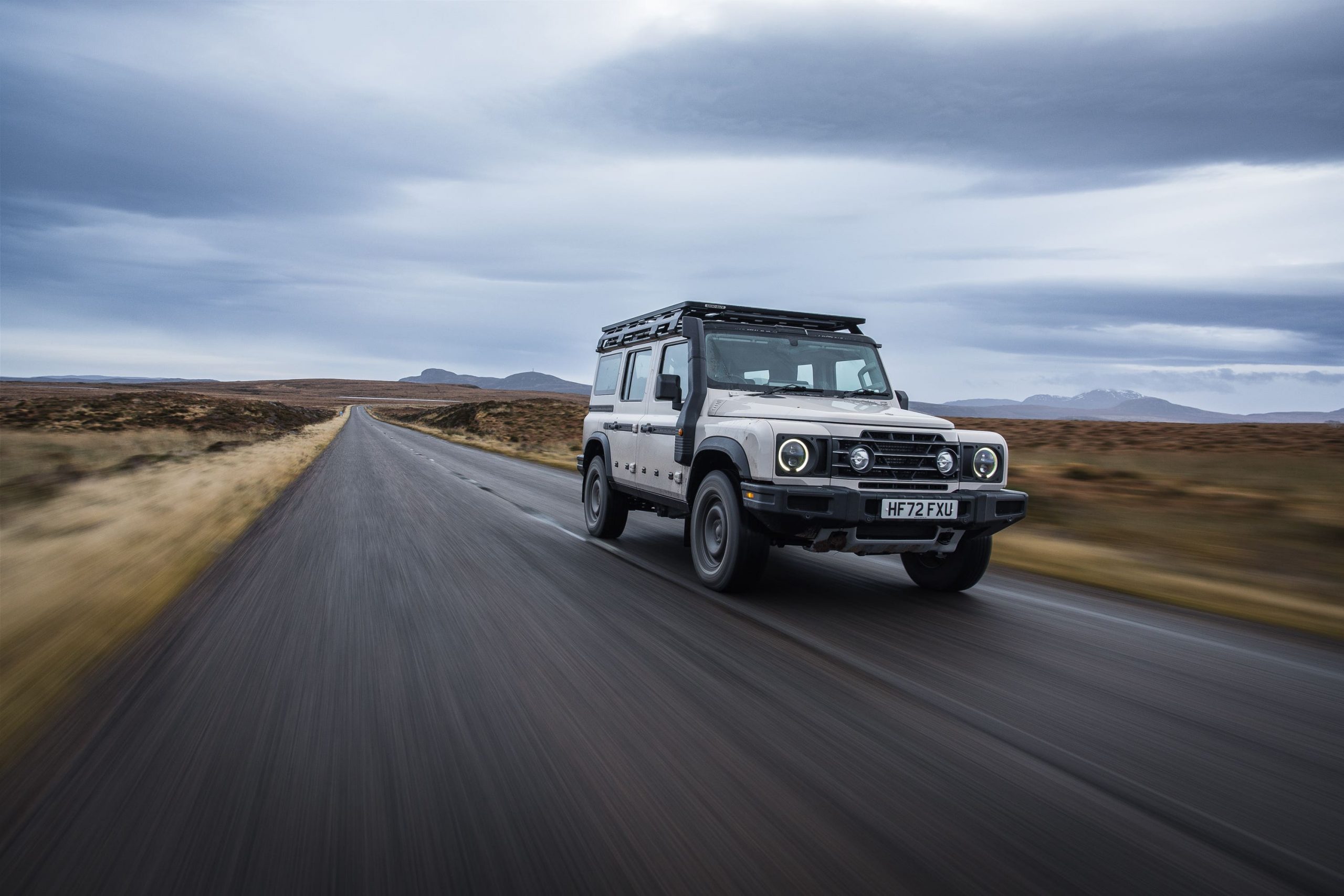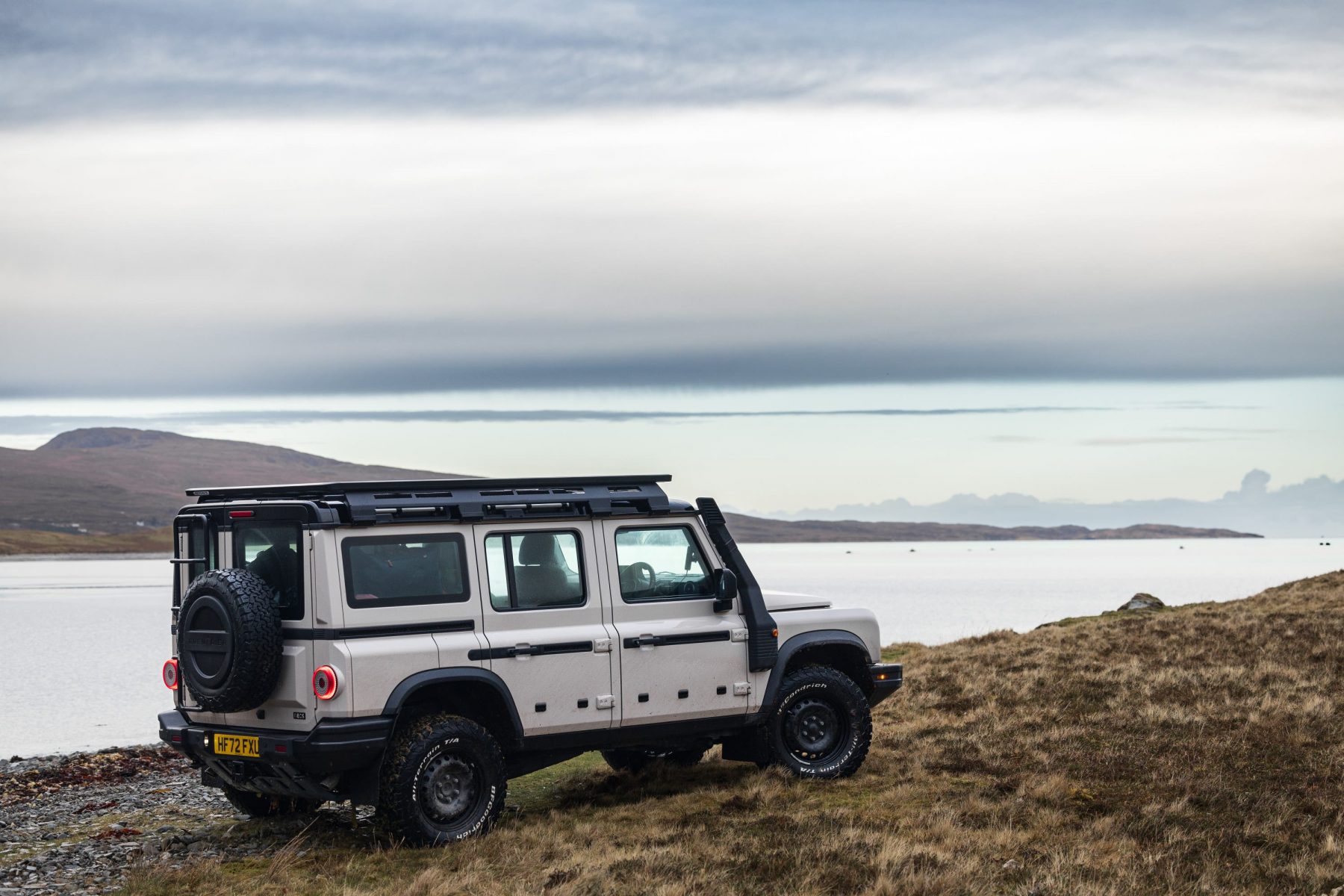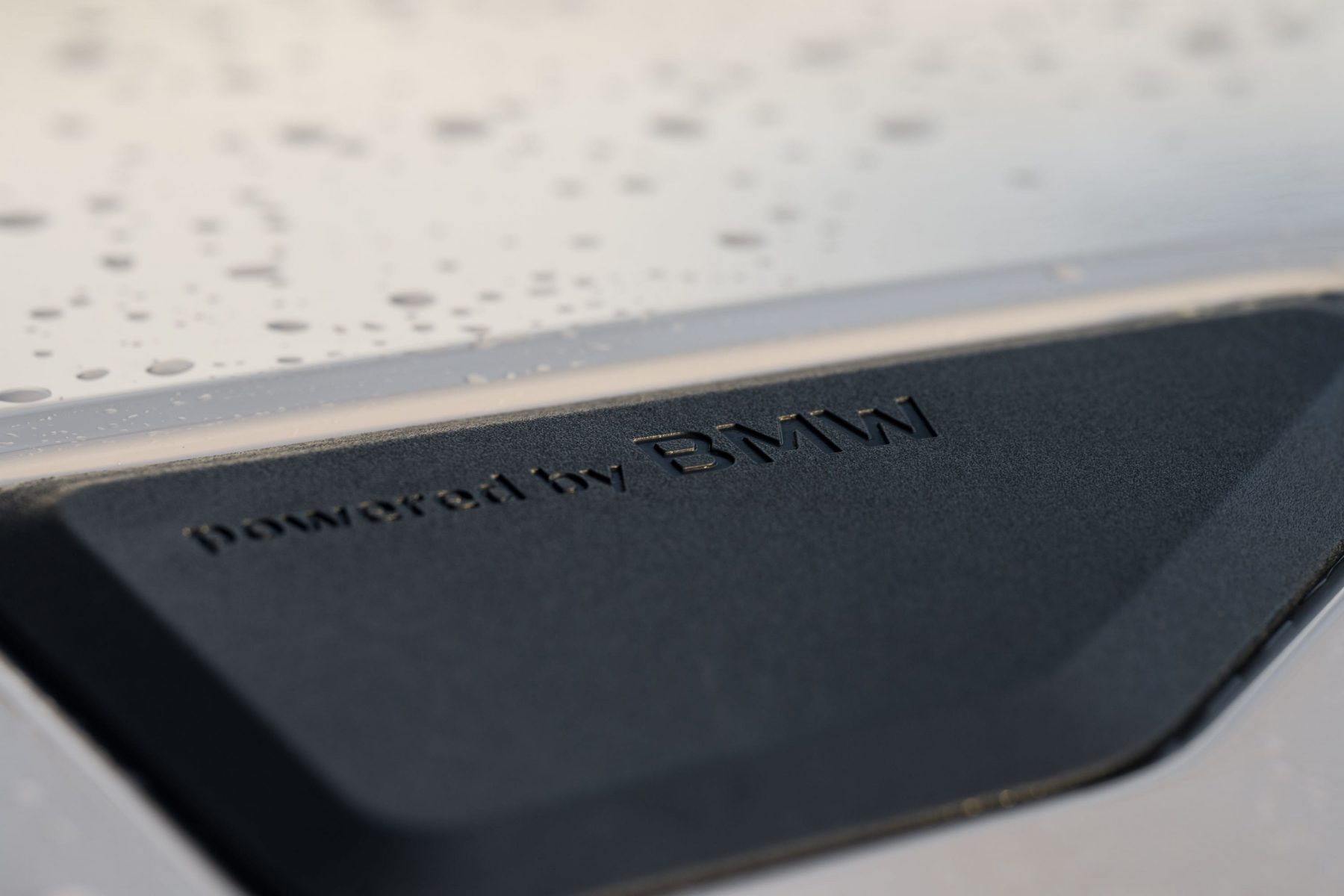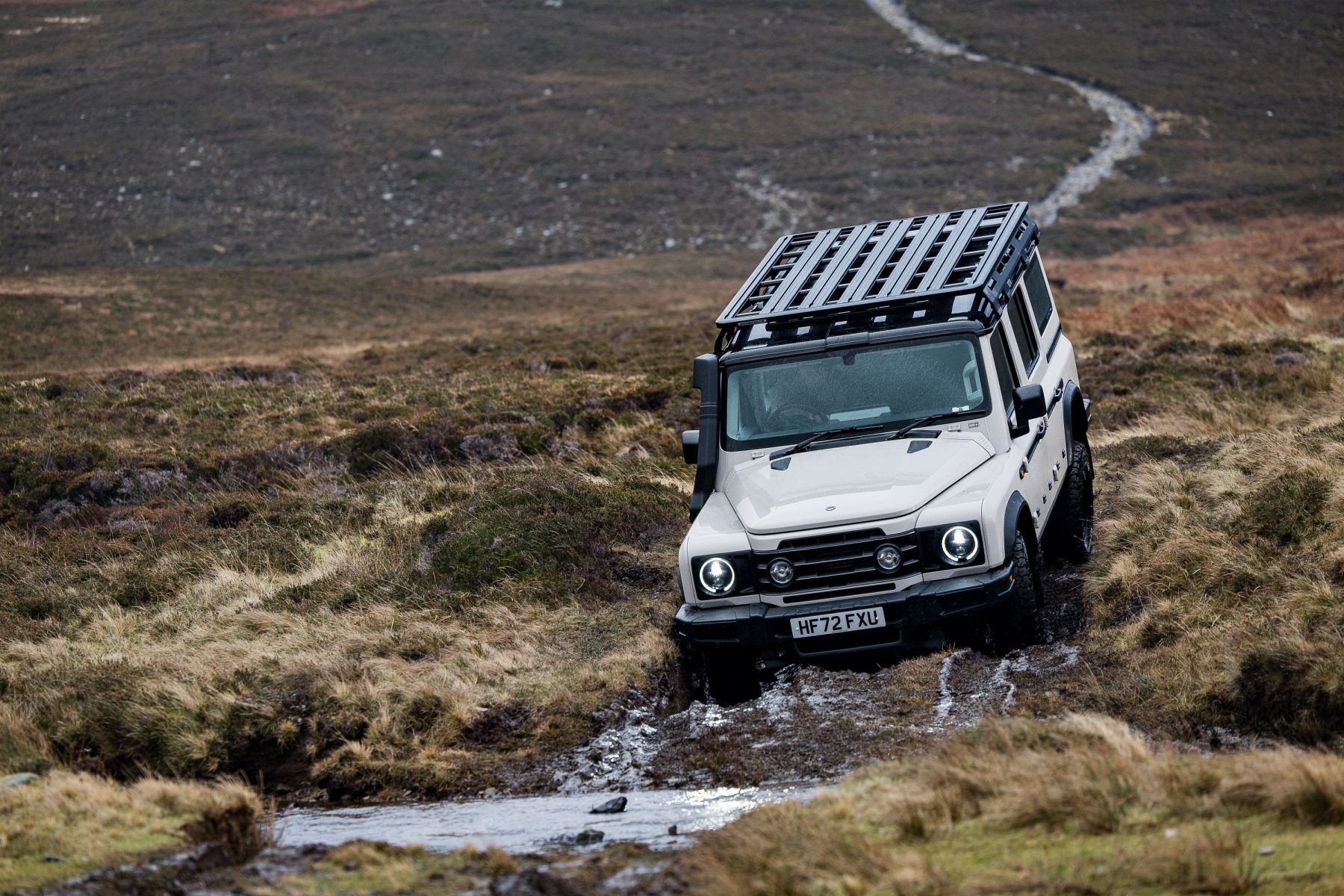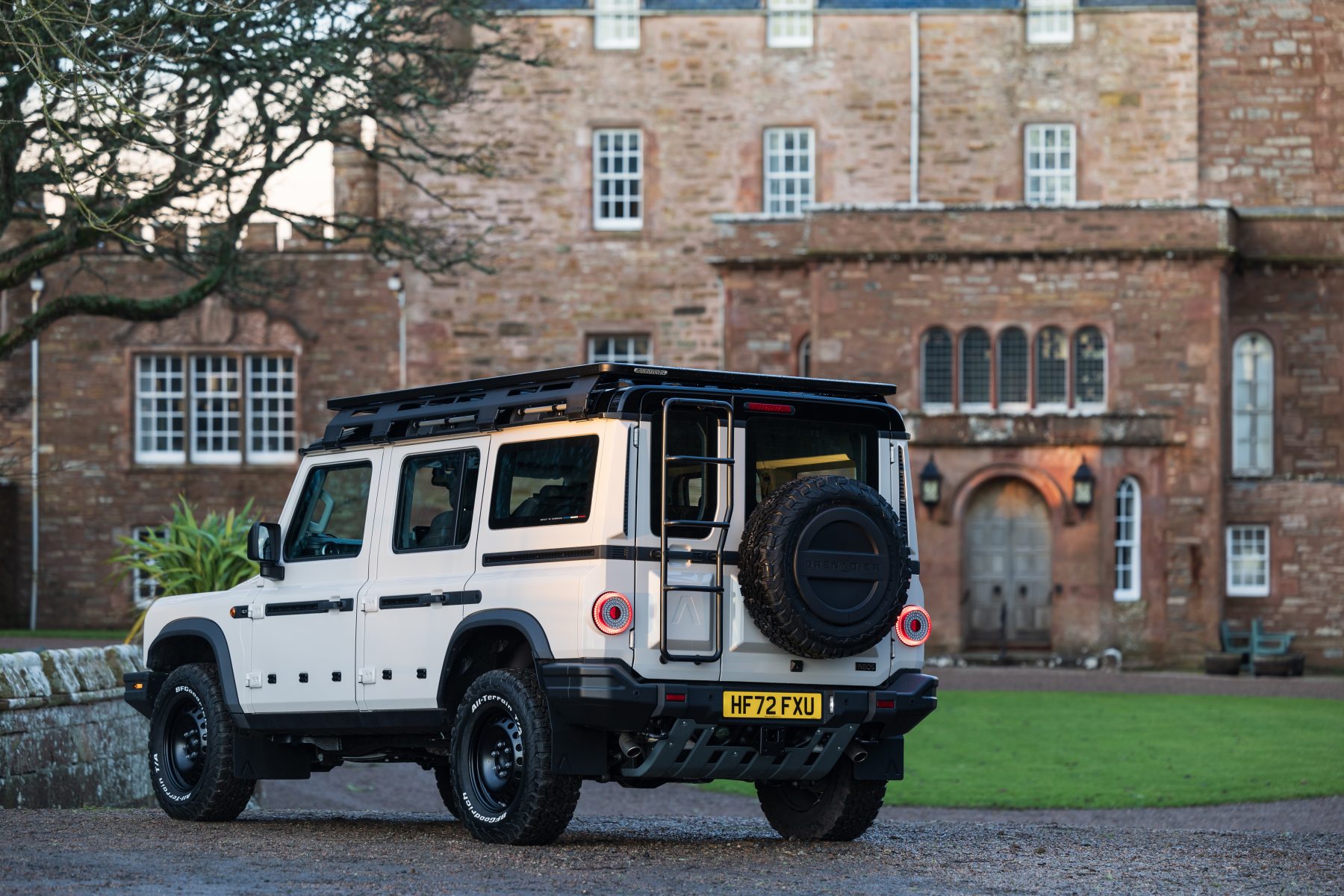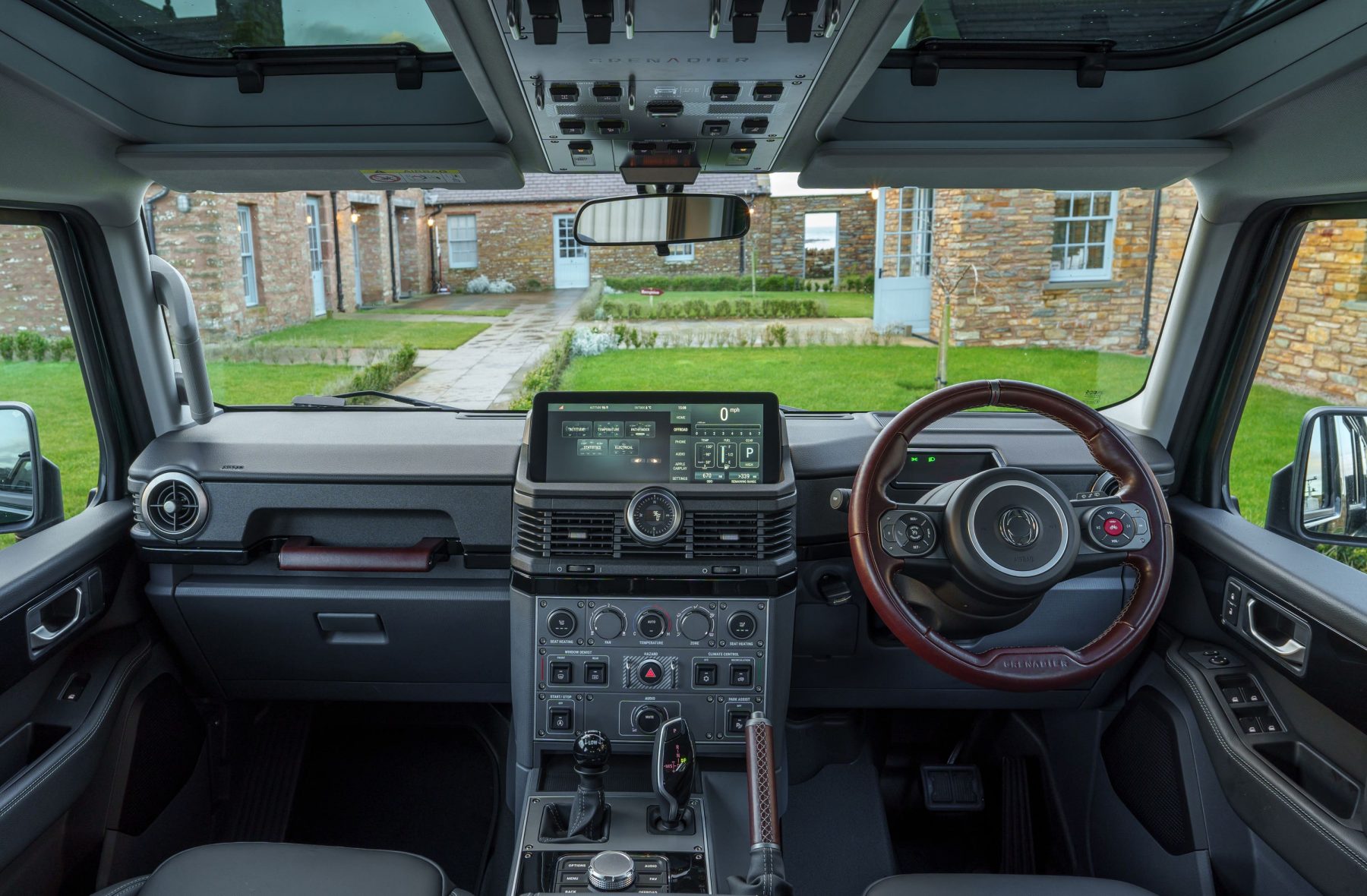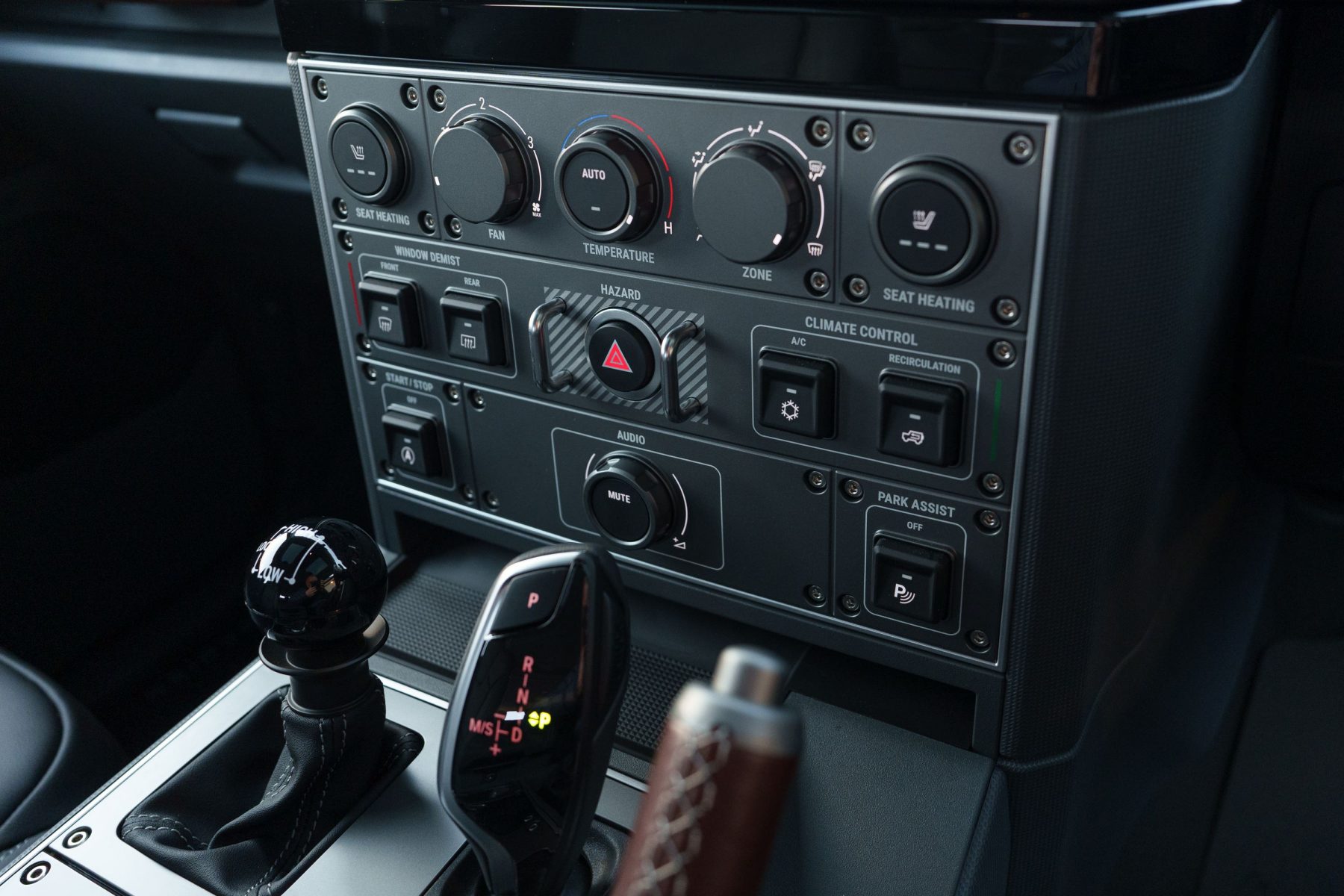What is it?
There’s been an increased demand for retro-inspired bikes of late. It’s something that can be seen across the motorcycling world, with more manufacturers dipping their toes into the world of yesteryear designs but with modern-day touches. Honda is no different, too, and while it may be well known for its cutting-edge street and adventure bikes, this model – the CL500 – is designed for people who want to make a more stylish entrance.
Lightweight and angled towards urban driving but with dynamics which could allow it to head off-road when required, the CL500 could be a motorcycle to match all occasions. We’ve been aboard to see what it’s like.
What’s new?
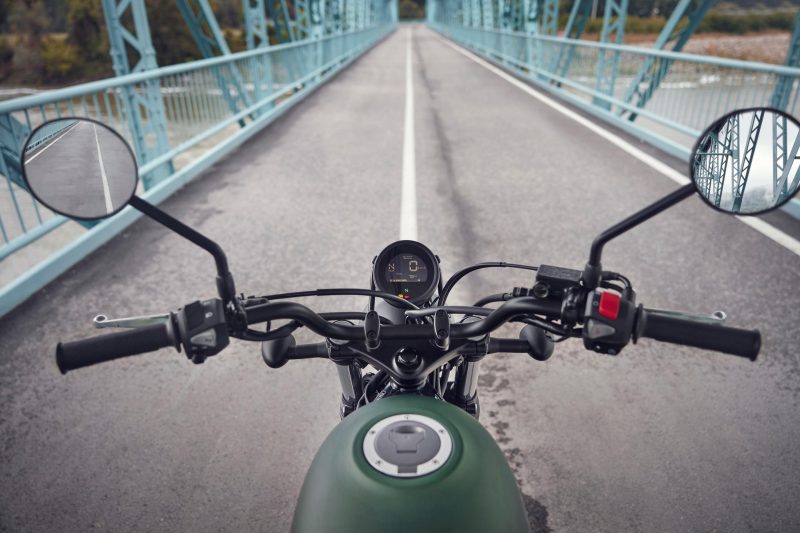
While the exterior does take inspiration from Honda’s CL models from the 1960s, the underneath of the CL500 is firmly rooted in the present. You get 19-inch front and 17-inch rear tyres for nippy, eager handling while the block-pattern tyres suggest it could handle a little bit of light off-roading. There’s LED lighting across the board, too, ensuring that this compact bike stays visible while Emergency Stop Signal technology automatically activates the rear indicators as hazard lights under heavy braking.
There are loads of neat touches dotted across the bike, too, from the tank pads and the upswept handlebars which maintain that feeling of retro cool. A 790mm seat height means that it’s not too tricky to get on board either, meaning that this could be a good option for newer riders as well.
What’s it powered by?
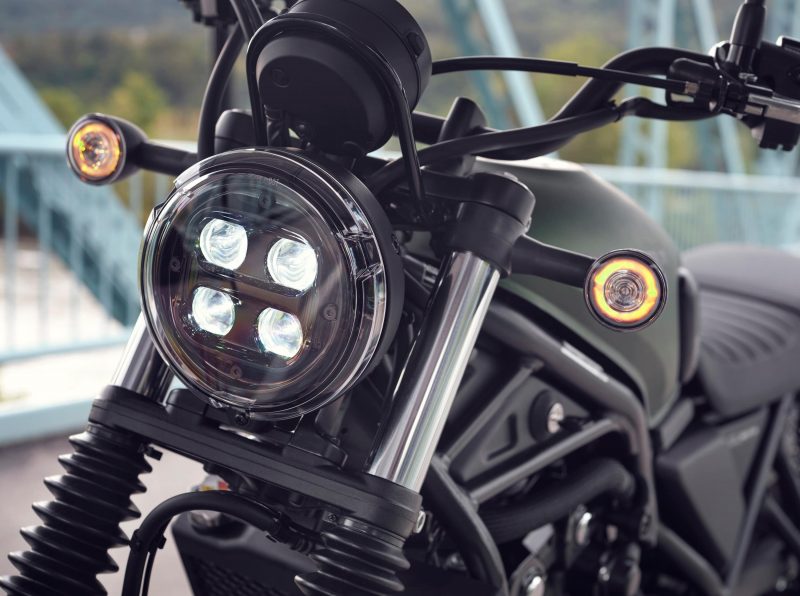
You’ll find a 471cc liquid-cooled four-stroke two-cylinder engine powering the CL500, which develops 46bhp and 43.4Nm of torque. It’s linked to a six-speed manual gearbox, too, and when you combine a 12-litre fuel tank with a claimed fuel consumption figure of just over 65mpg, it means that the CL500 could deliver 186 miles from a full top-up.
There are 41mm telescopic forks while a twin, spring preload adjustable rear shock takes care of the rest of the suspension. In terms of braking, there’s a two-piston front brake caliper with a 310mm disc alongside a single-piston rear caliper on a 240mm disc. Honda says that the CL500’s ABS system has been optimised to be used on dirt tracks as well as tarmac, too.
What’s it like to ride?
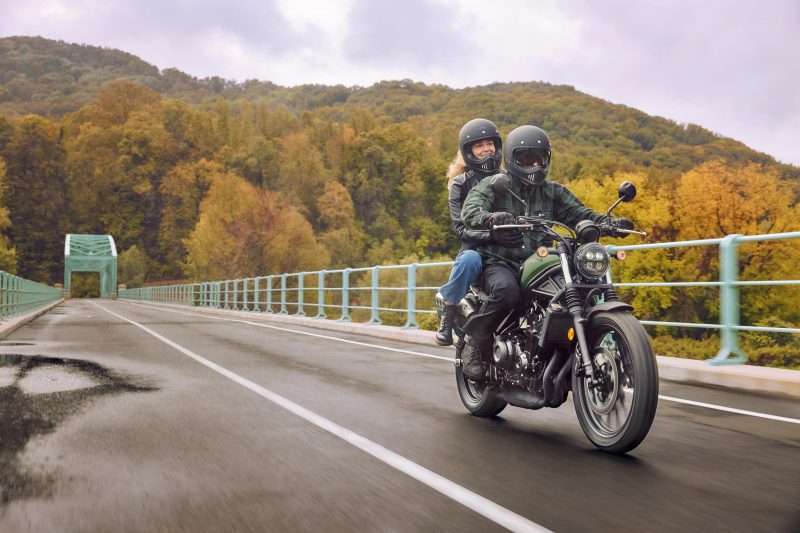
Climb onto the CL500 and you’re met by a very user-friendly cockpit setup. It isn’t overly adorned with features or buttons, just everything you need in a clear, precise layout. Even the LCD screen is minimal in design, though it does have all of the information you’d want. Quite oddly the CL500 has its ignition on the side of the bike – which does tie into the old-school feel – with the steering lock key barrel on the same side.
Up and running there’s a wonderful characterful burble from the high-exit exhaust and while no one would see this bike as overly powerful, it’s got enough power to keep things interesting. The gearshift is light and simple to get along with, too, though the clutch is relatively sharp and does take some getting used to. At speed, there’s a fair amount of wind blast from the unprotected front end and though the smaller wheels do promote agility around town, when you’re on the motorway they do make the CL500 feel a touch nervous.
How does it look?
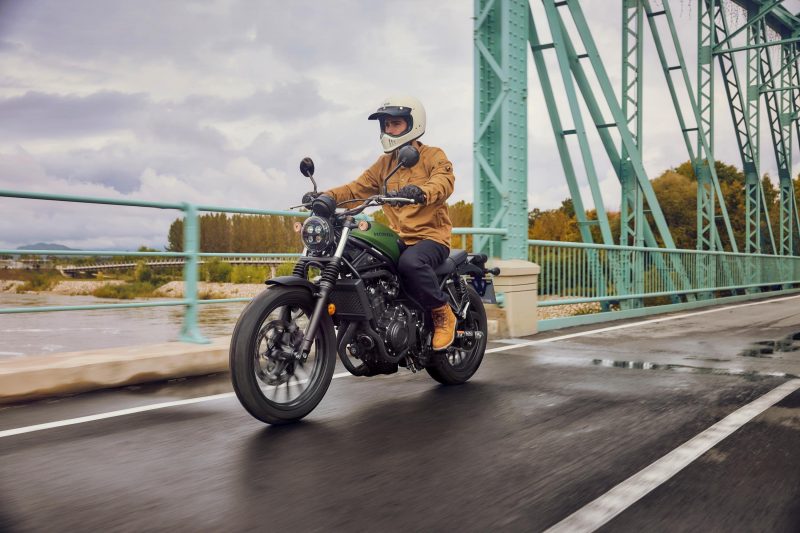
There’s no hiding the CL500’s retro roots, but it’s far from a case of style over substance. Everything appears well-finished and well put together, with pleasant materials. All bikes come in one of four colour choices – orange, green, blue or black – and these go alongside a black frame which helps to make this bike stand out. ‘Our’ test bike came in the particularly striking ‘Candy Energy Orange’ which felt like it tied in with the retro theme nicely.
Customisation is a big part of the CL500 experience, too. That’s why this model is available with a wide range of accessories to tailor it to your requirements, ranging from heated grips to a 38-litre top box for extra storage. Our test bike came with a front fender and knuckle guards – both in contrast white – which gave the CL500 more of an adventure-ready appearance.
What’s the spec like?
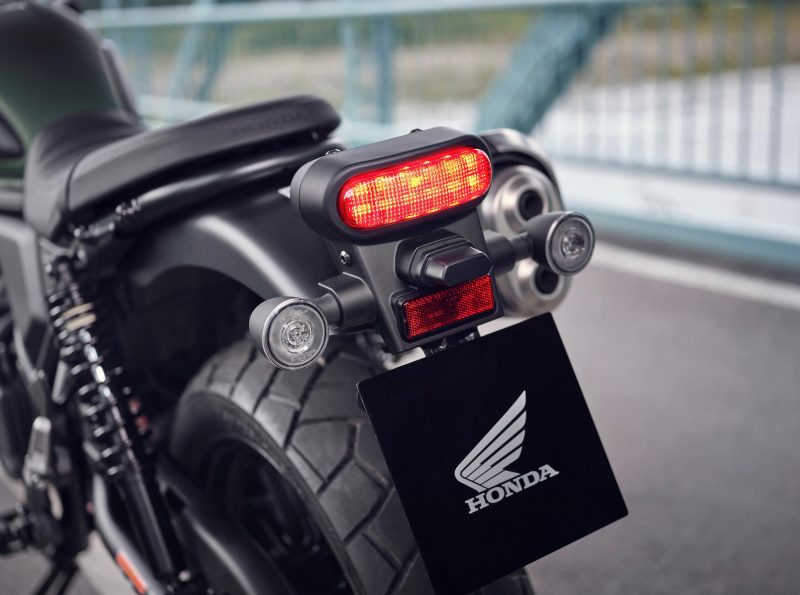
Prices for the CL500 start from £6,149, making this a well-priced bike – particularly considering it has a relatively large engine. All four colours are available for no extra cost, too, while all versions get the aforementioned LCD dash and an under seat helmet holder. It’s certainly not pushing into the upper echelons of motorbike pricing and makes this good-looking bike more accessible to more riders. The CL500 can also be made to suit A2 licence holders for those who aren’t yet holding their full motorcycle licence.
It’s good to have such a variety of accessories available for this bike, too, as it means that you’re better able to tailor it to a variety of needs and riding styles.
Verdict
The CL500 brings its retro style without forsaking usability. While it’s not the fastest bike there, its lightness and agility makes a whole lot of fun to ride and just as exciting to pilot out on twisty lanes as it is around town.
It isn’t the most suited to long-distance motorway journeys or outright adventure riding, but for everything else in between the CL500 makes a great deal of sense and all at a very attractive price point.


